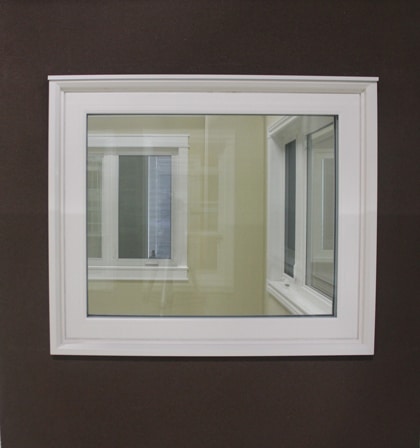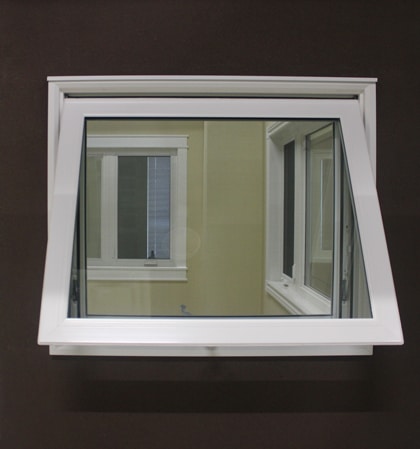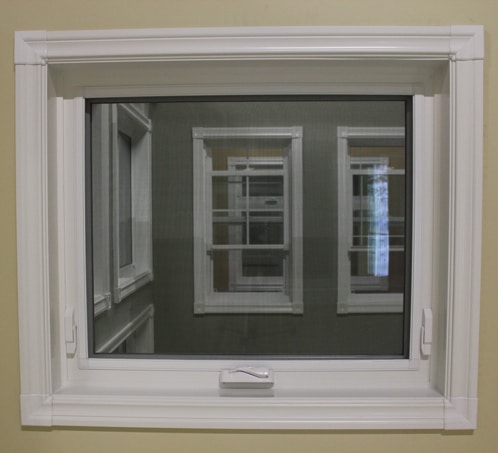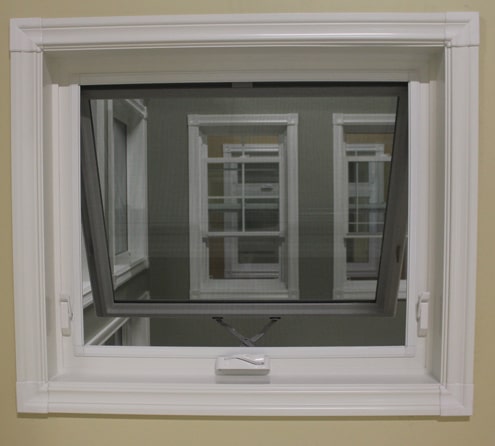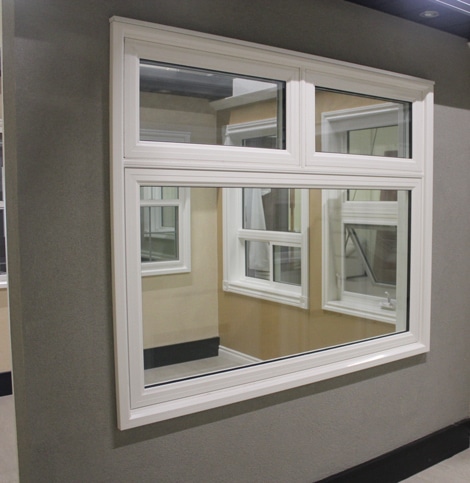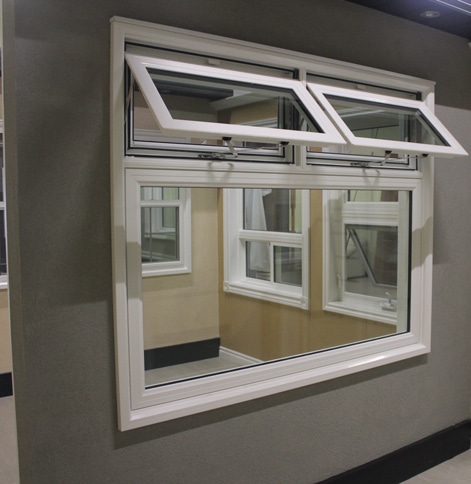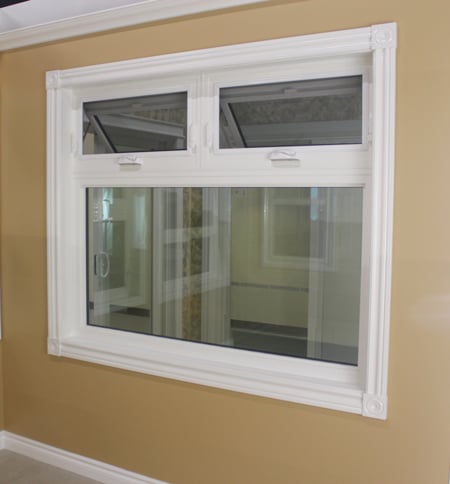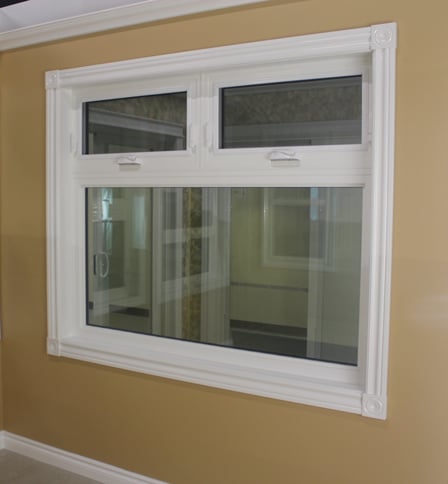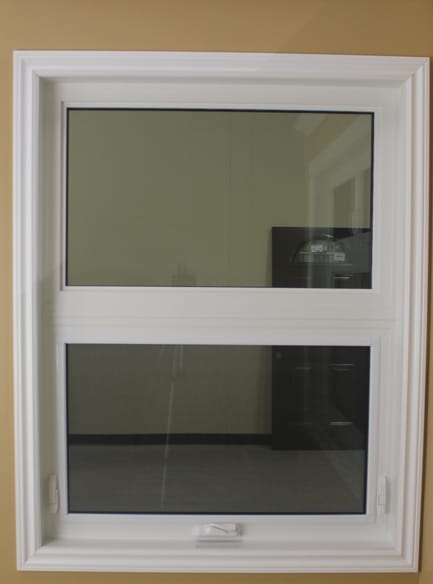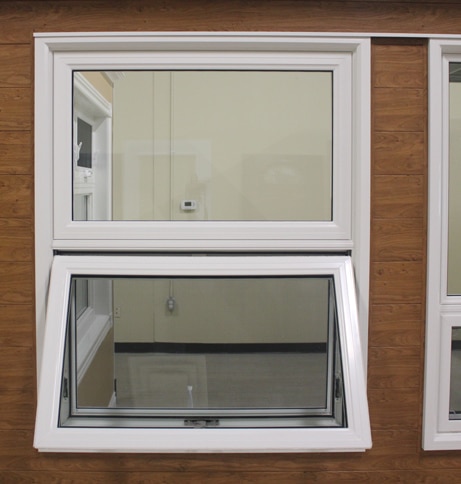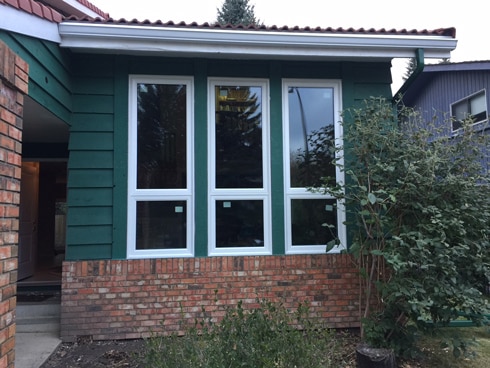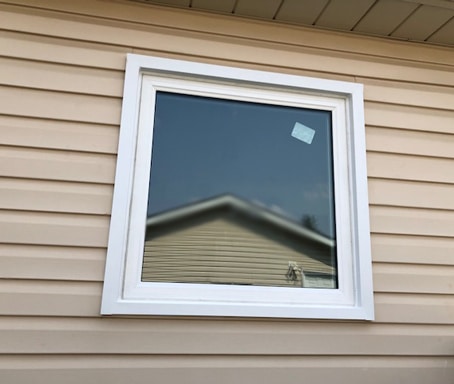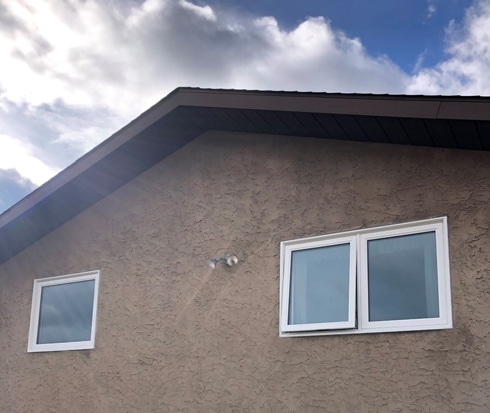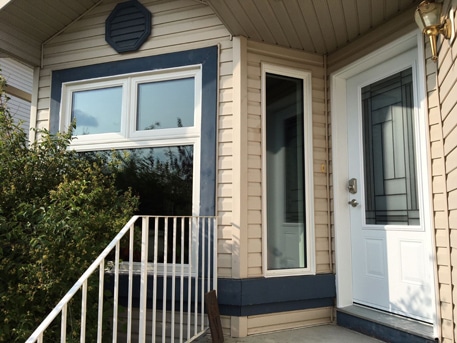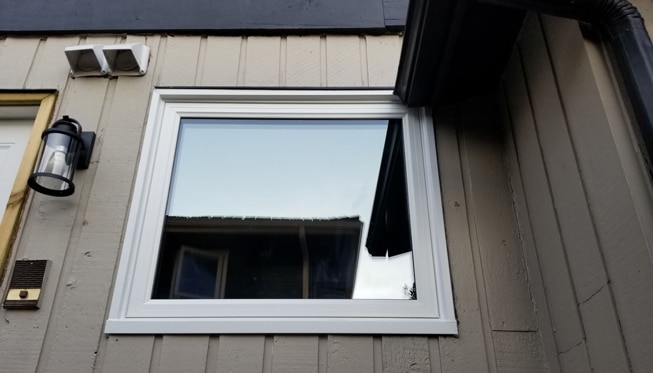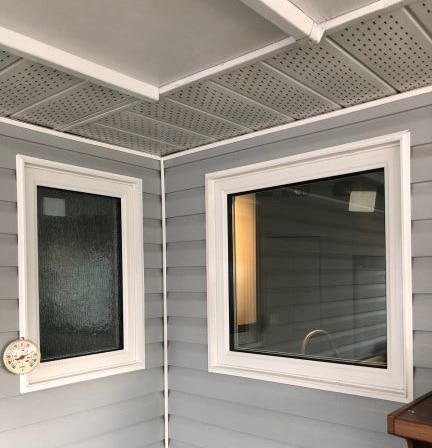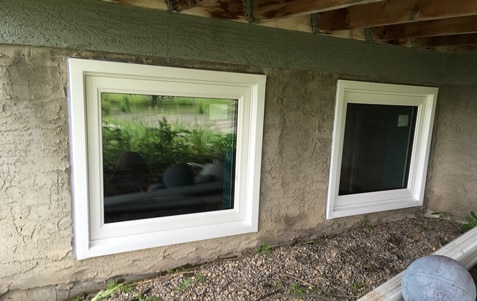Awning Windows: The Perfect Solution for Ventilation and Style
Benefits of Awning Windows
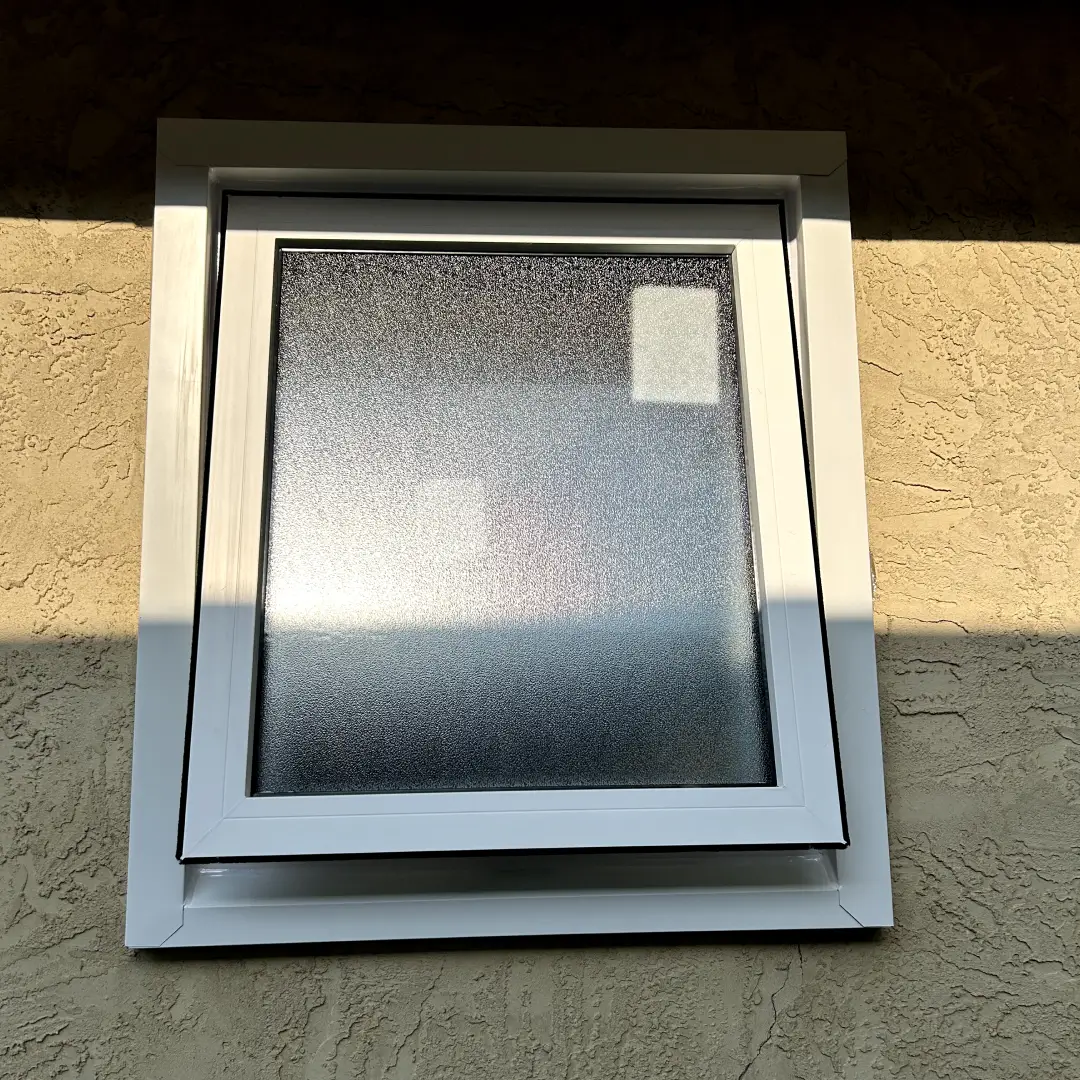
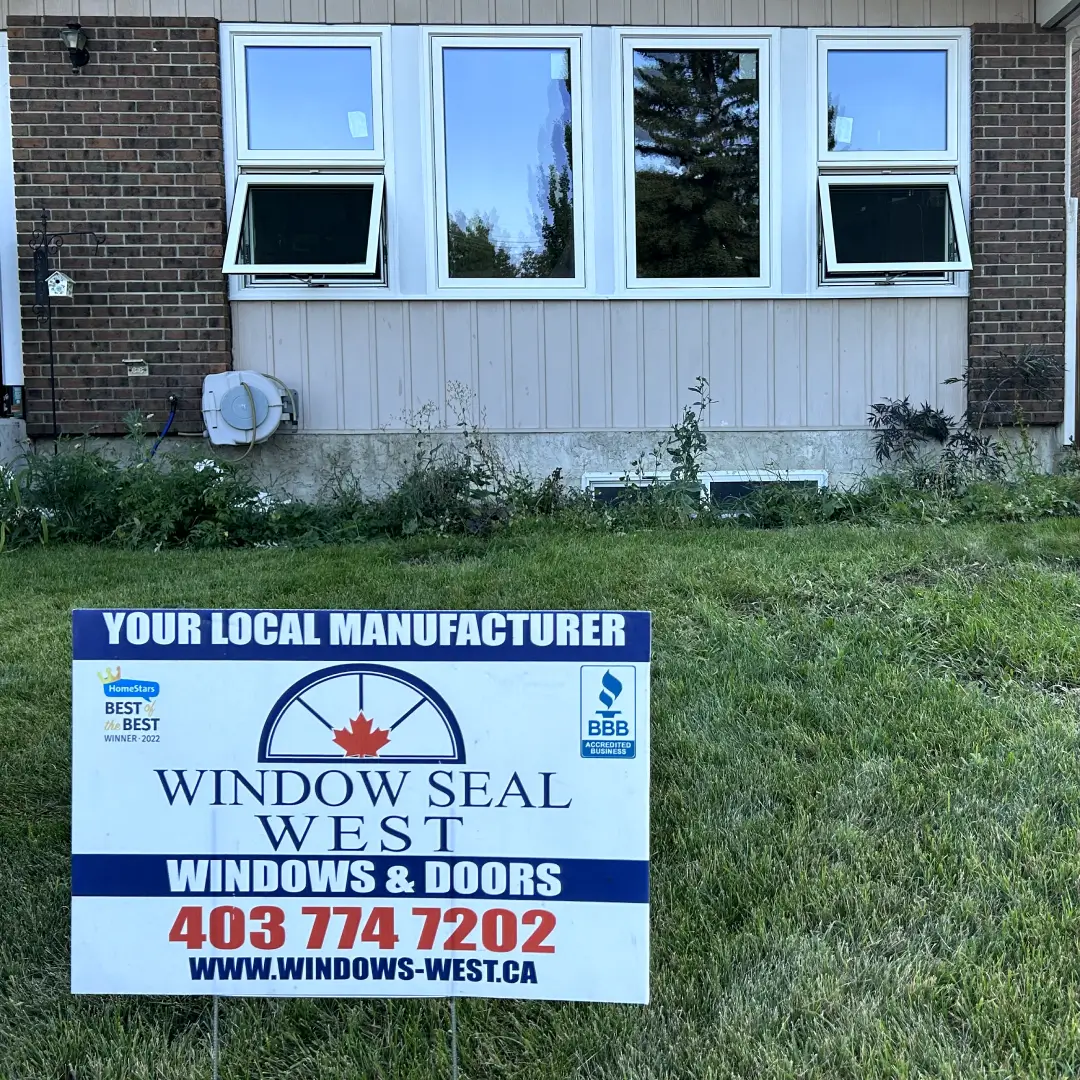
Features of Our Awning Windows
Why Choose Window Seal West for Your Awning Windows?
Factory-Direct Pricing: By buying directly from the manufacturer, you can save up to 25% compared to regular market prices.
Advanced Technology: Our awning windows are manufactured with the most up-to-date technology to ensure quality and efficiency.
Professional Installation: Our expert installers ensure that your awning windows are installed correctly and efficiently, minimizing disruption to your home.
Get a Free Quote for Your Awning Windows Today
Ready to upgrade your home with our high-quality awning windows? Contact us today to get a free, no-obligation quote and start enjoying the benefits of improved ventilation, energy efficiency, and style.
Get the Canada Greener Homes Loan and Start Saving on Energy Costs
With up to $40,000 in interest-free funding, you can enhance your home’s energy efficiency, lower your energy bills, and enjoy the comfort of ENERGY STARⓇ-certified windows and doors. Start saving today and make your home more efficient!
Canada Greener Homes Loan—Interest-Free Loans Up to $40K
At Window Seal West, we’re excited to help you take advantage of the Canada Greener Homes Loan. If you’re looking to make energy-efficient upgrades to your home, this interest-free loan offers up to $40,000 in funding to improve energy efficiency and reduce your utility bills. With eligible upgrades like window replacements, insulation, air sealing, and more, you can make your home more comfortable and eco-friendly.

Special Offer: Save 25% on Factory Pricing!
Before & After
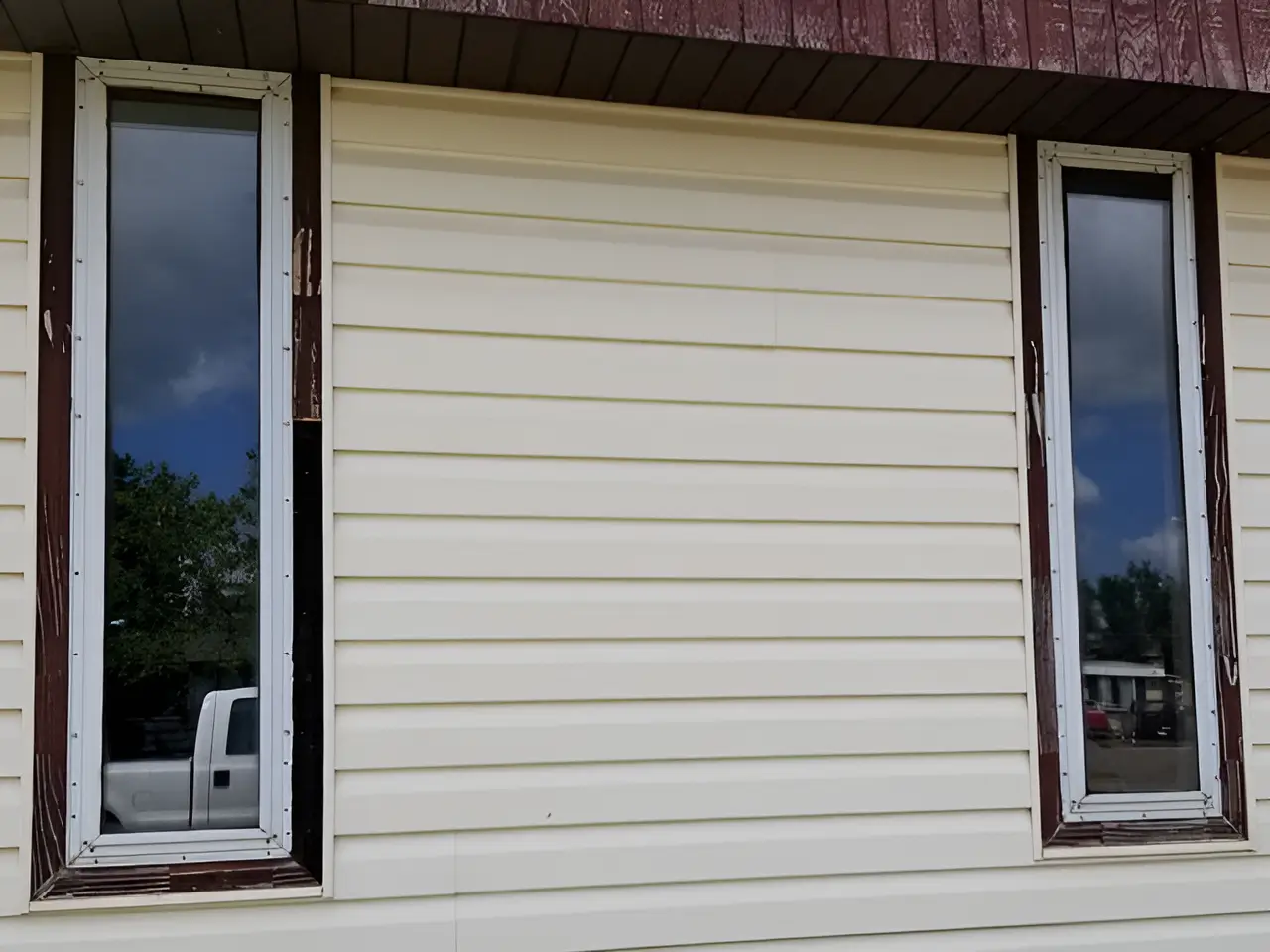
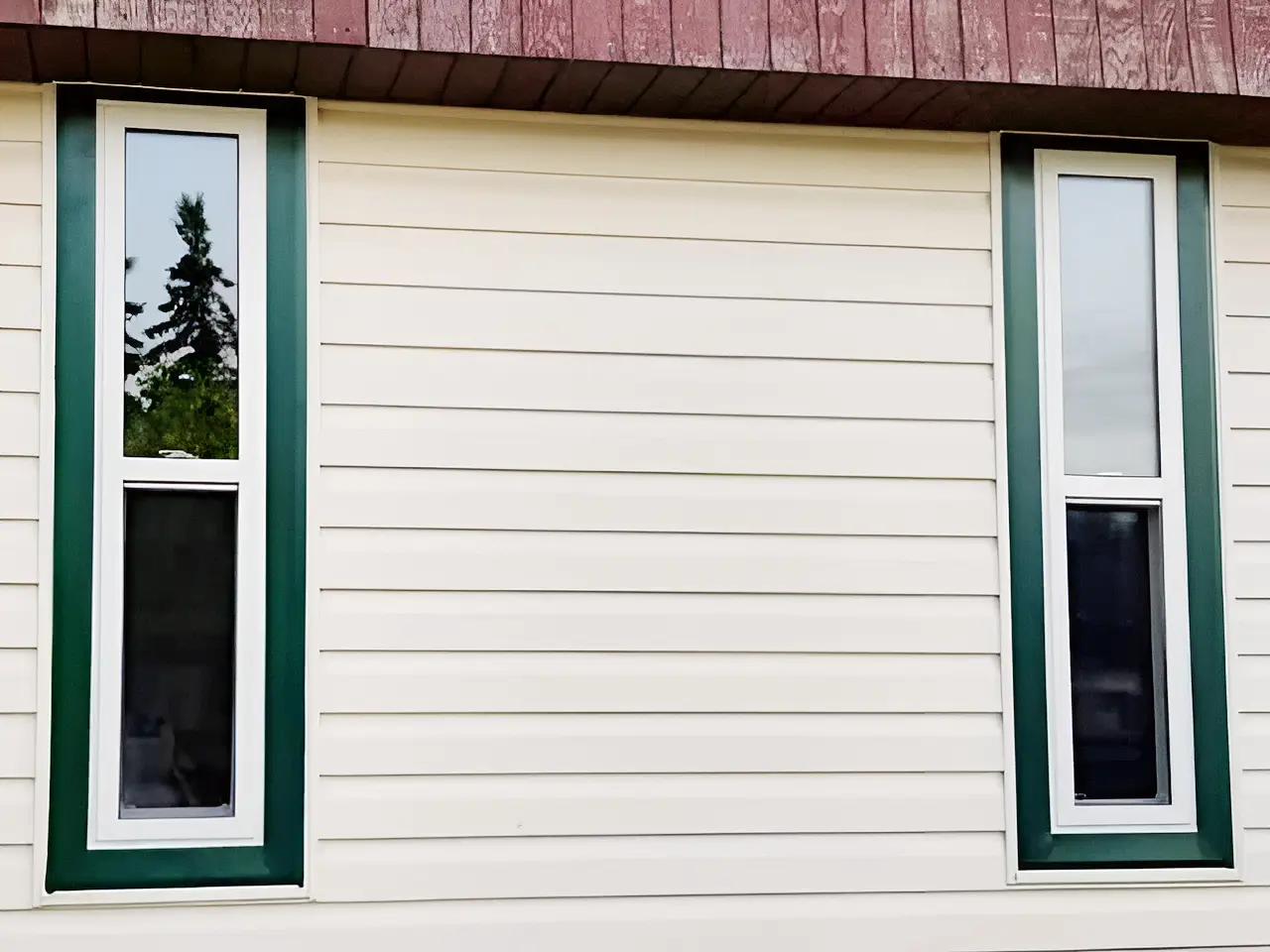
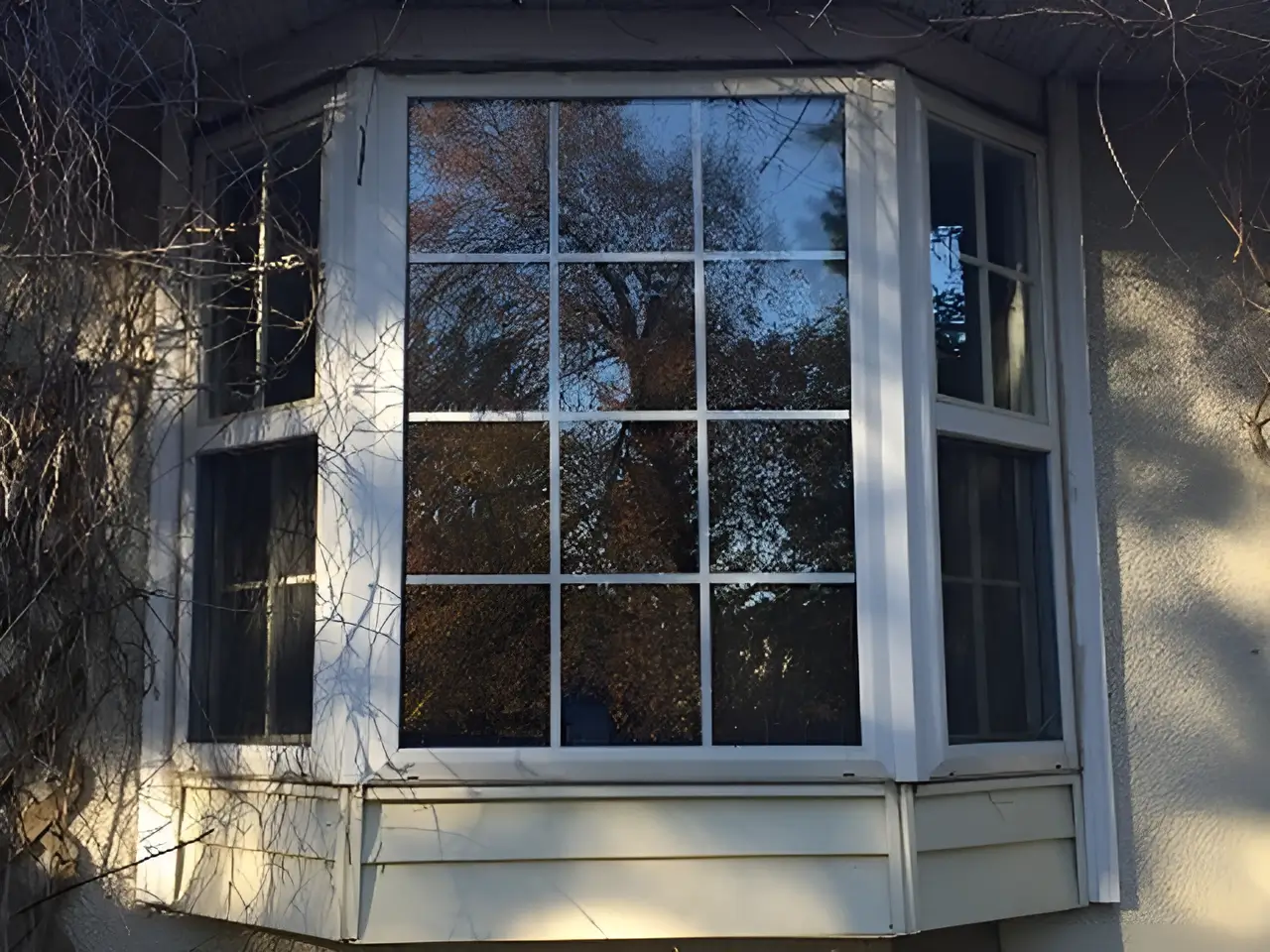
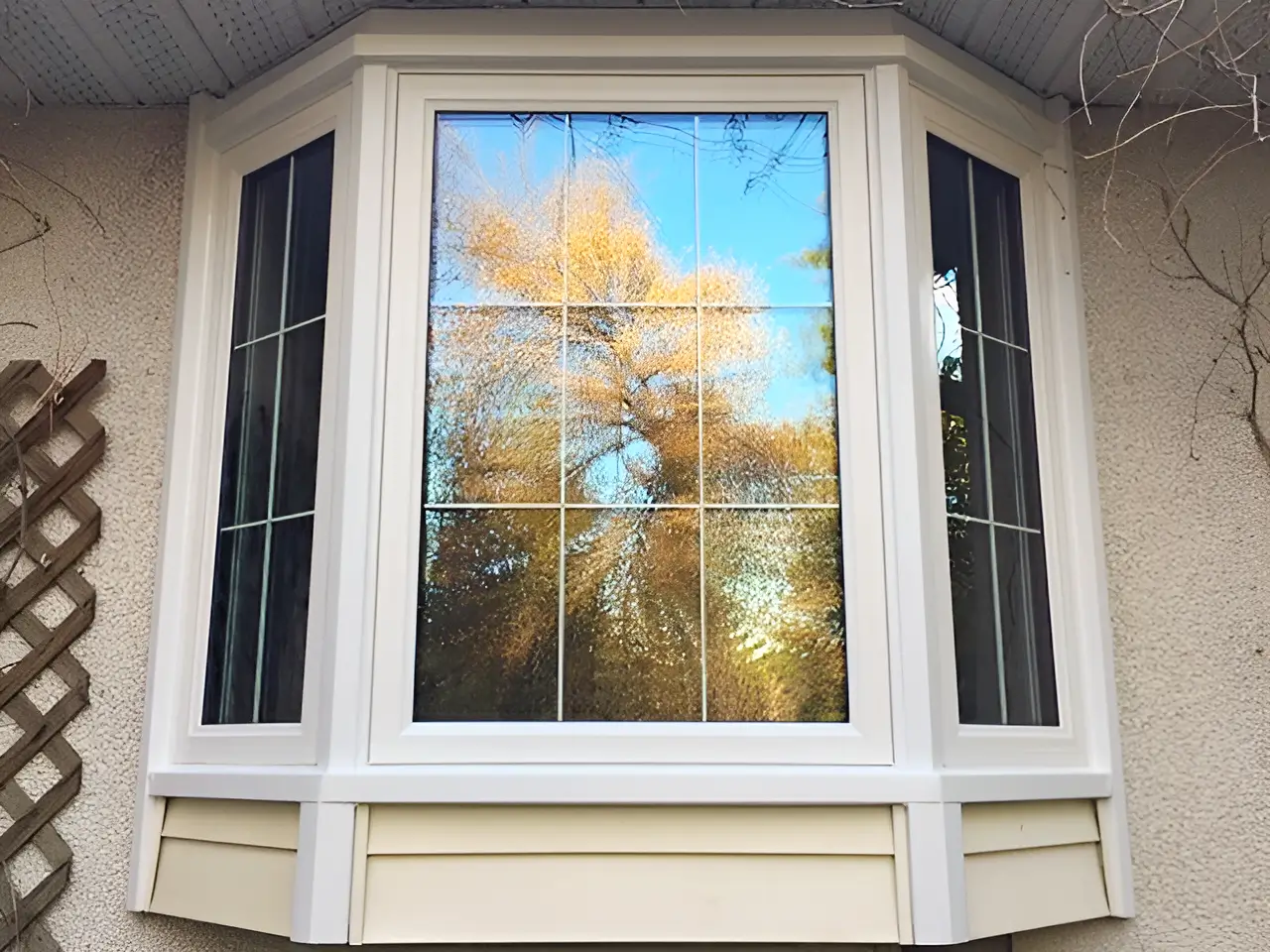
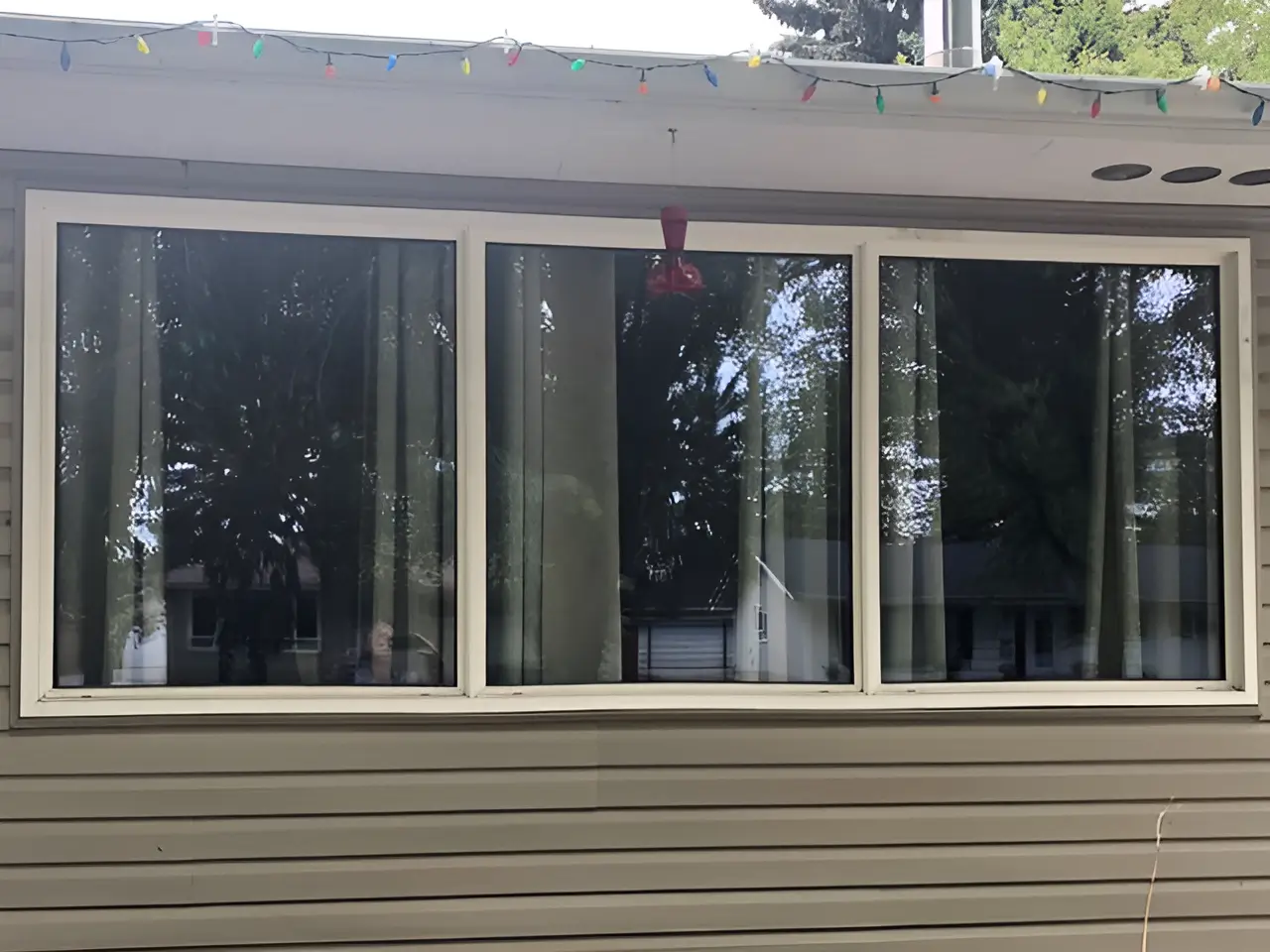
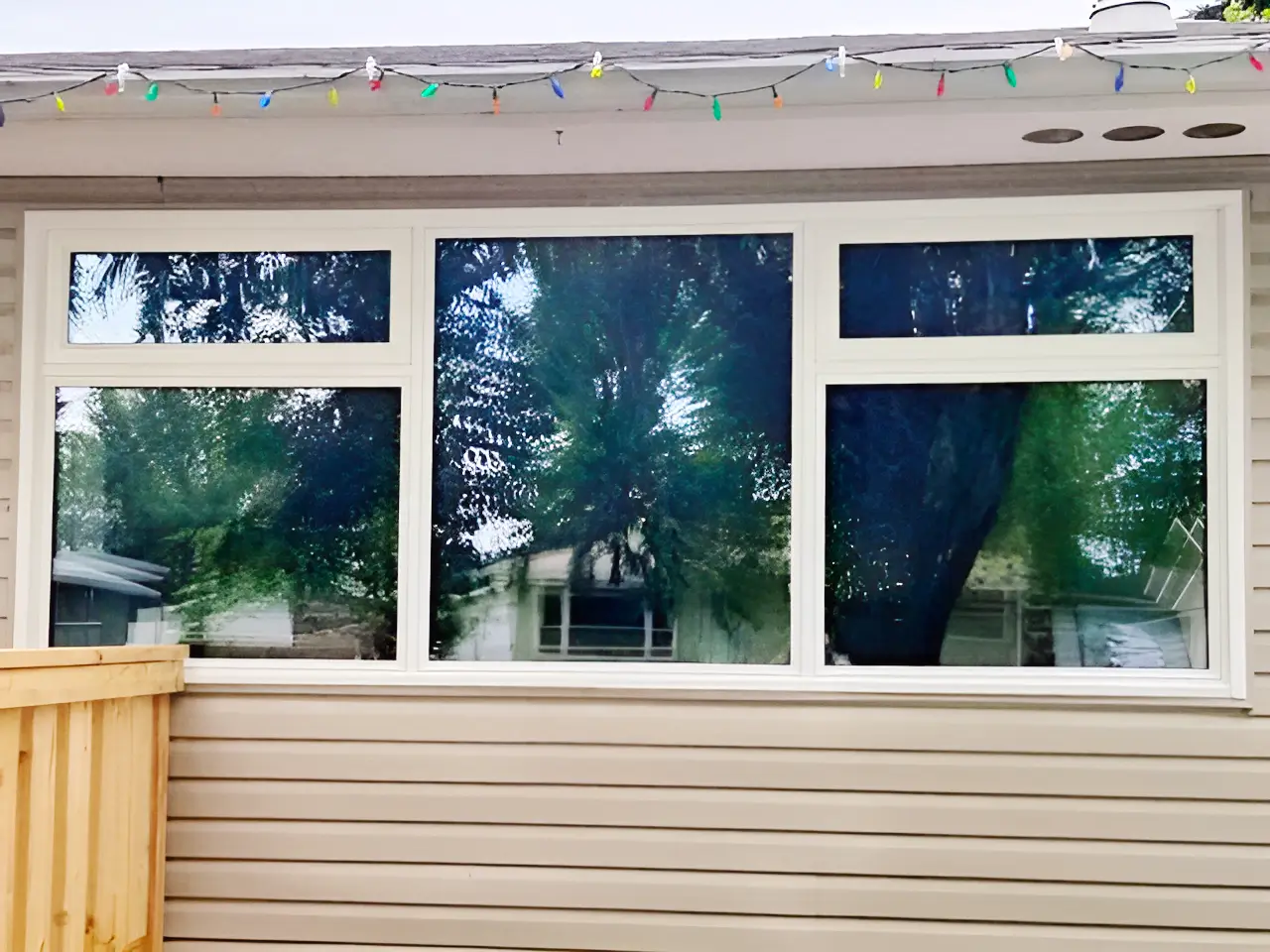
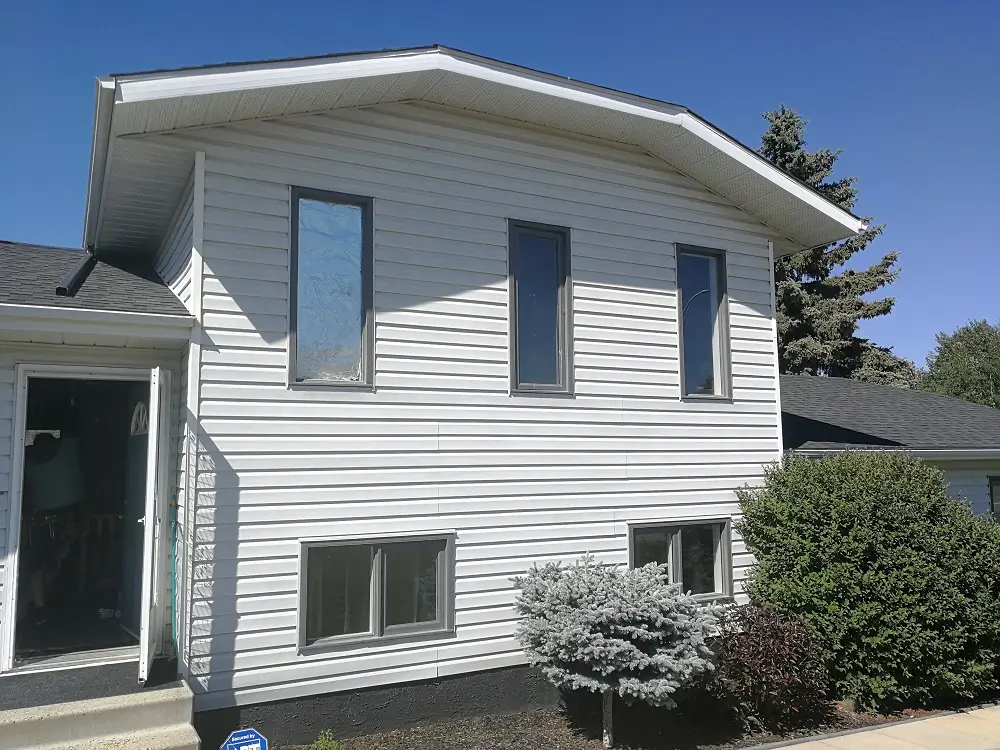
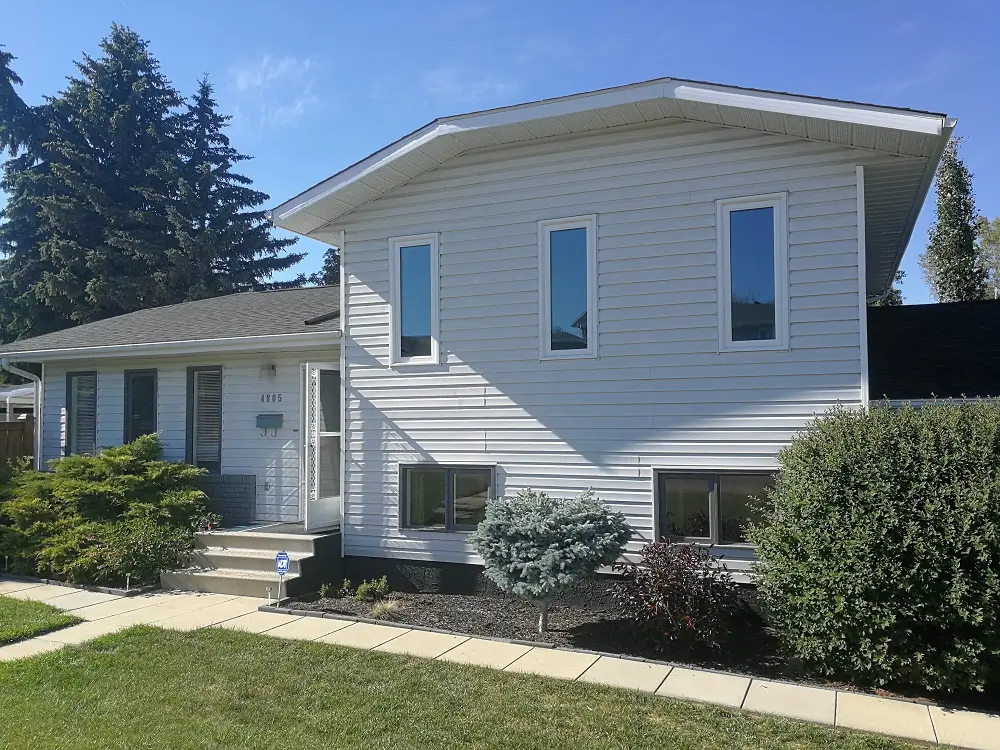

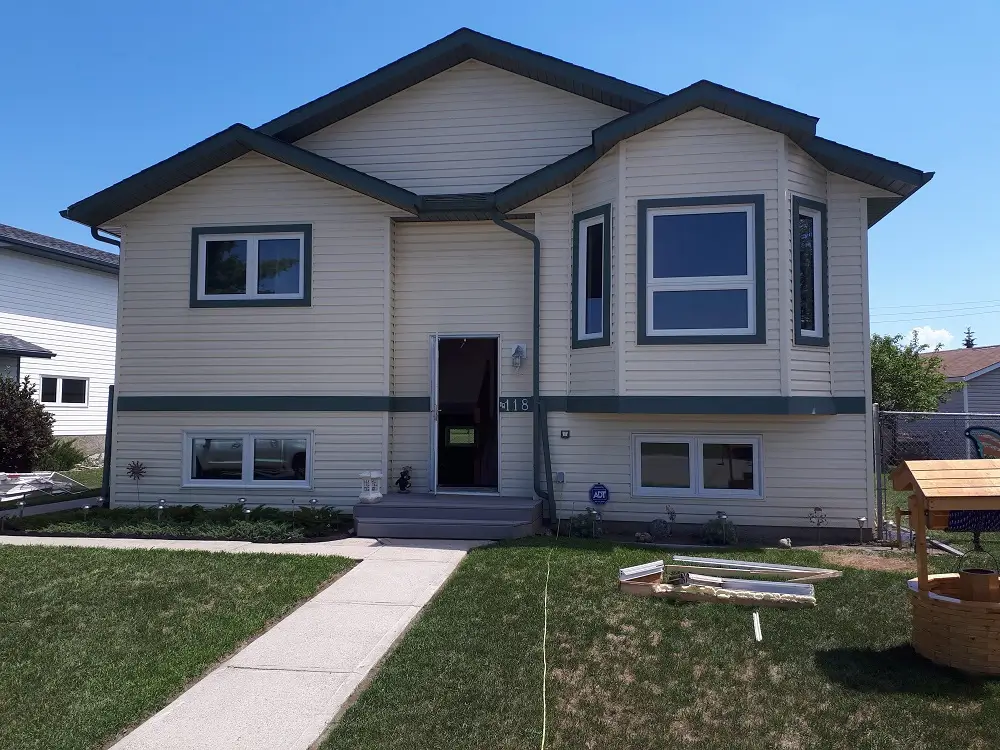
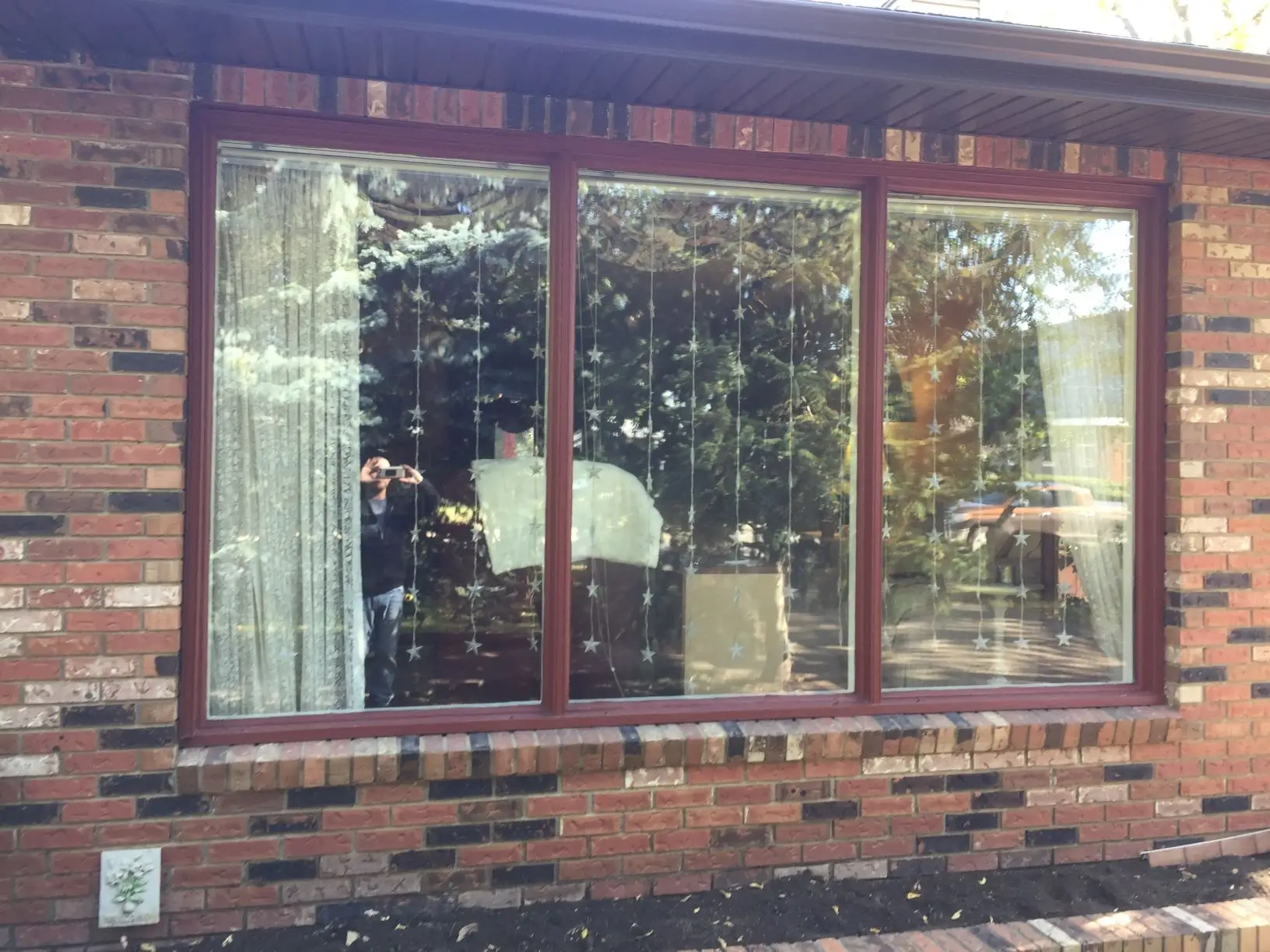
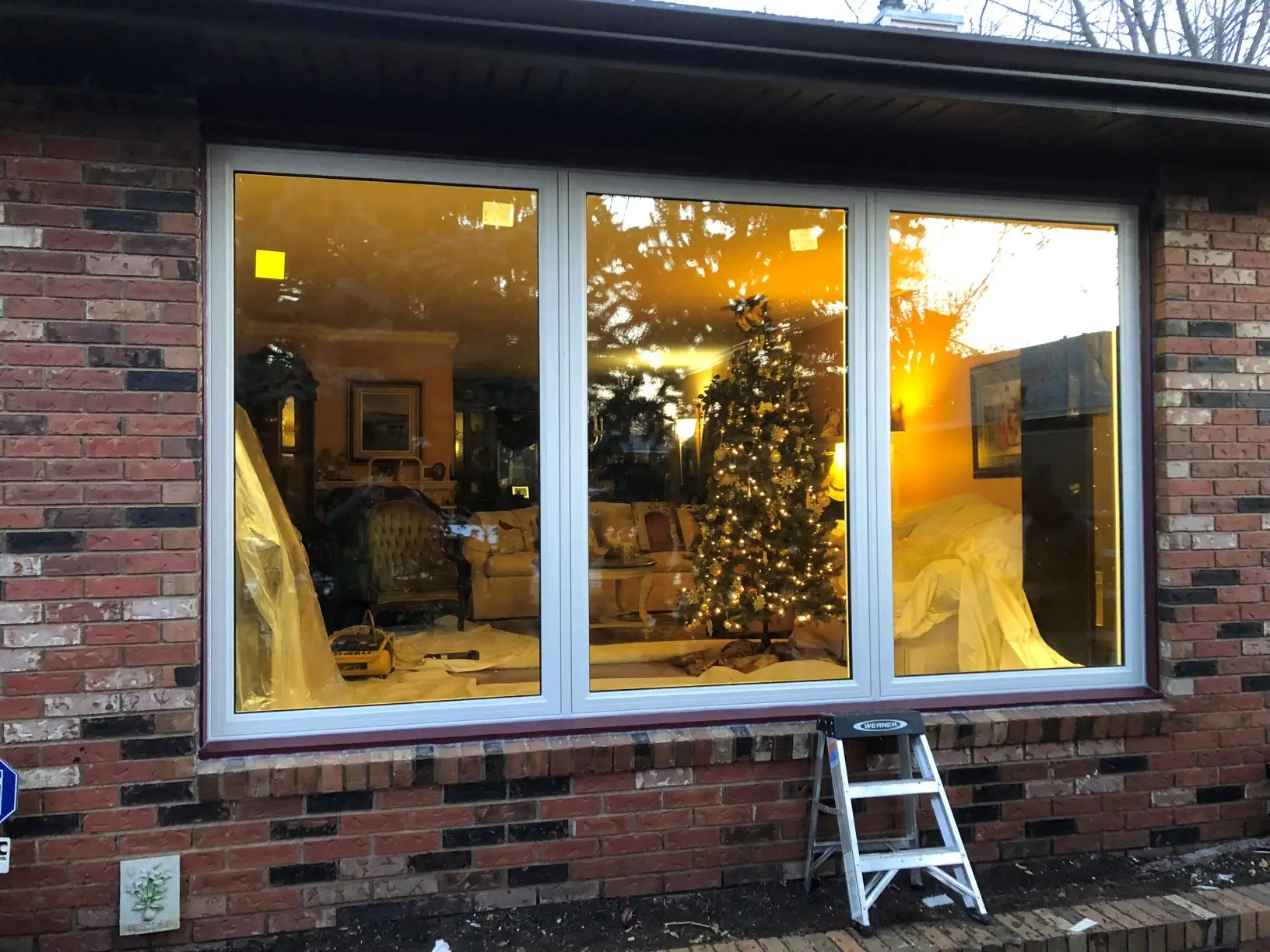
Our Customer Journey
Call us
Measurement
Calculation
Agreement
Manufacturing
Delivery
Installation
Happy Customer
Casement & Awning Profile Features
The 3-1/4″ frame depth (1) is ideal for the renovation and replacement market, offering versatility and compatibility. It is designed to accommodate 3/4″, 7/8″, 1-1/4″, and 1-3/8″ IG units (2), ensuring support for modern insulated glass systems. The contoured colonial details (3) add an elegant and timeless design element. With interior glazing (4), the profile provides enhanced security and a polished appearance. A co-extruded bulb seal with an easy-service option (5) ensures superior sealing performance while simplifying maintenance. The full-perimeter triple weather seals (6) offer maximum comfort and protection against weather conditions.
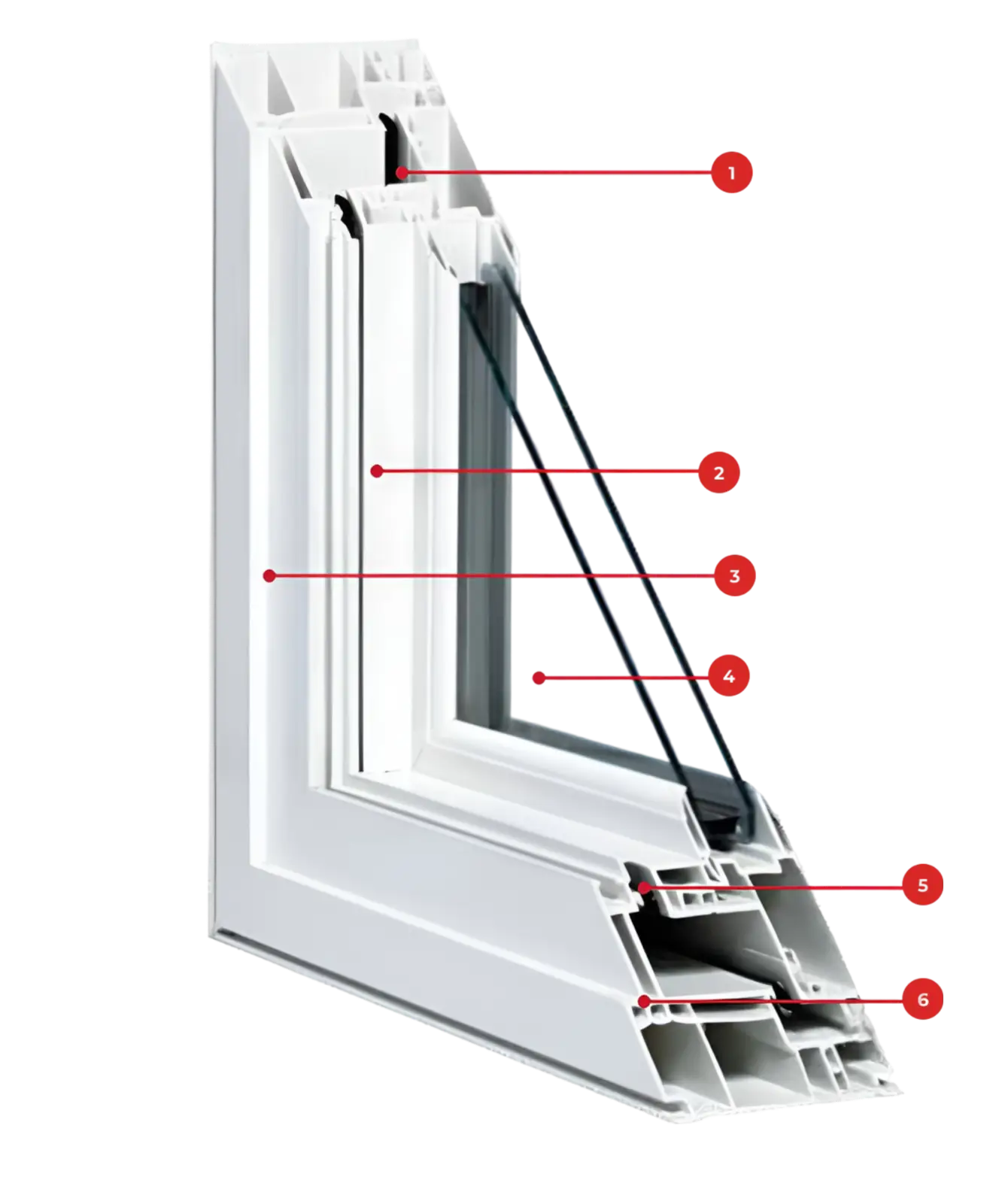
Features & Options
- Rosettes
- 45-degree
- Flat
- Decorative
- Flat
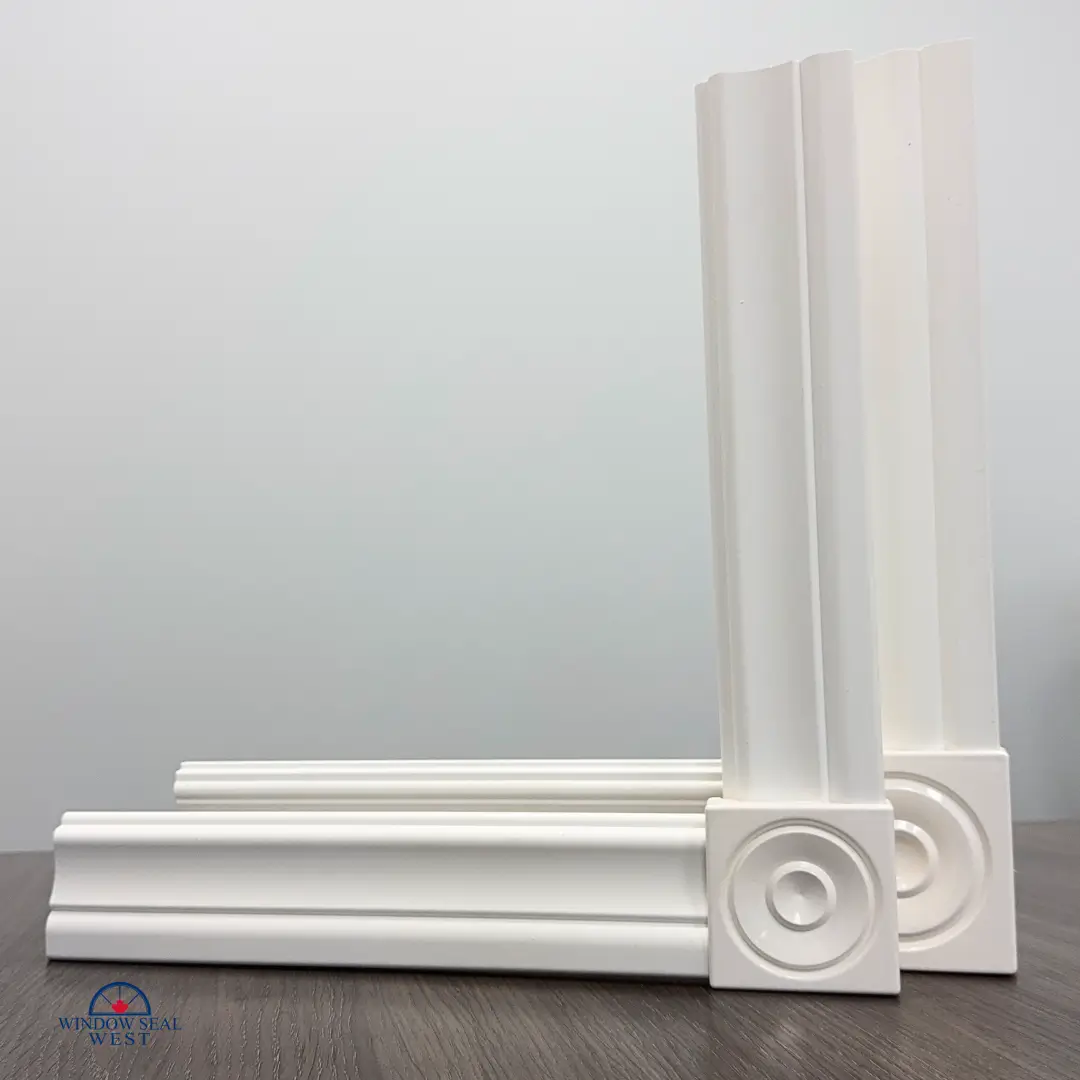
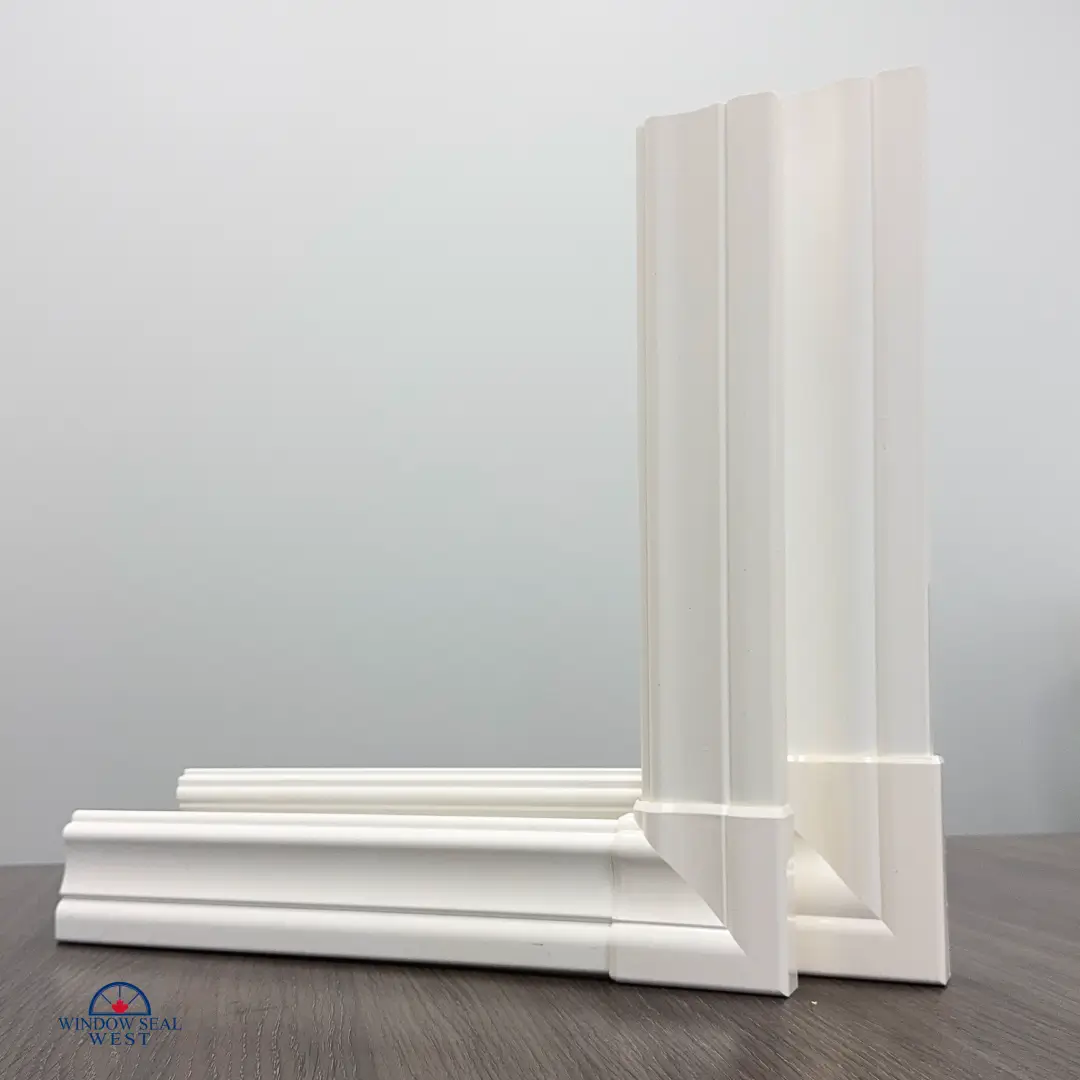
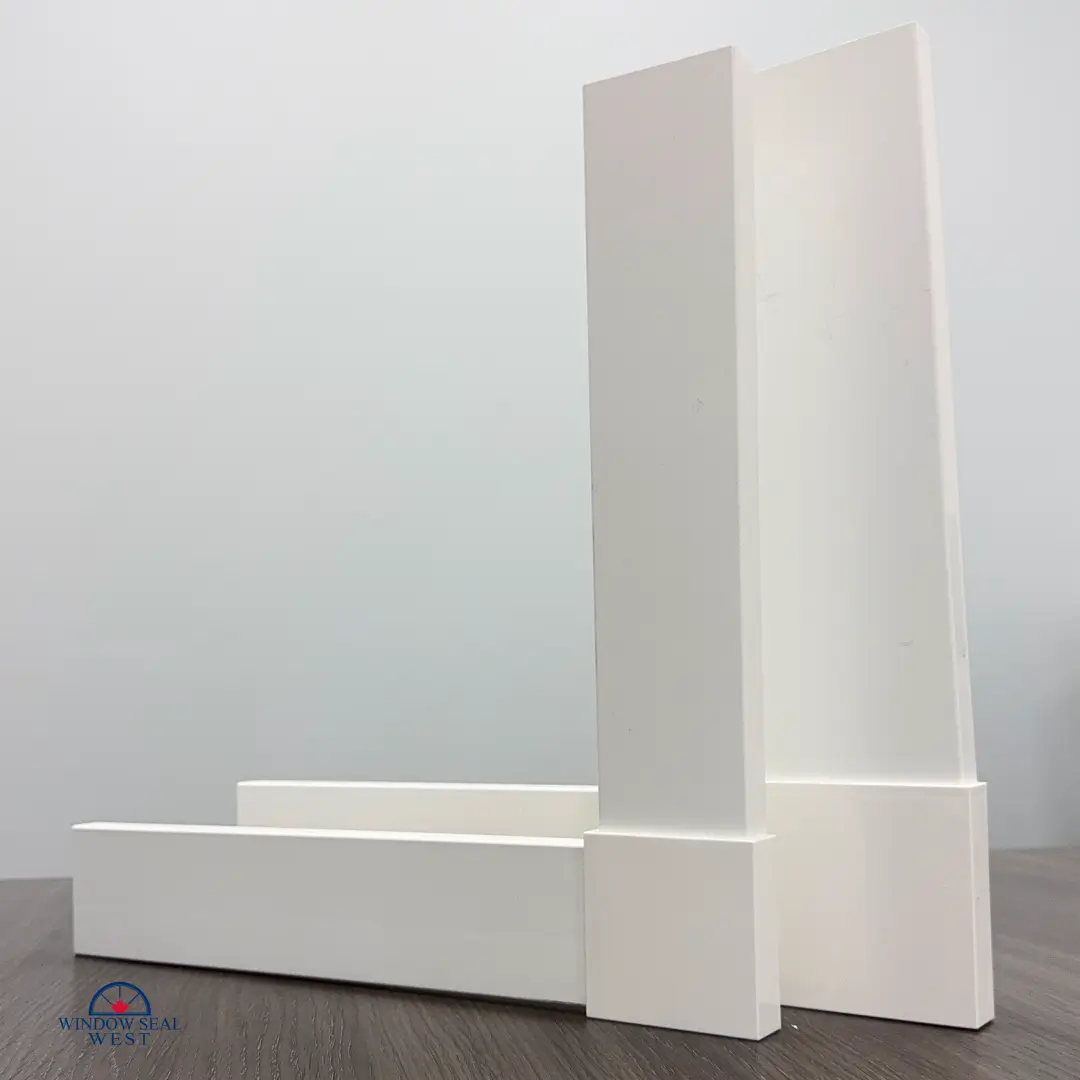
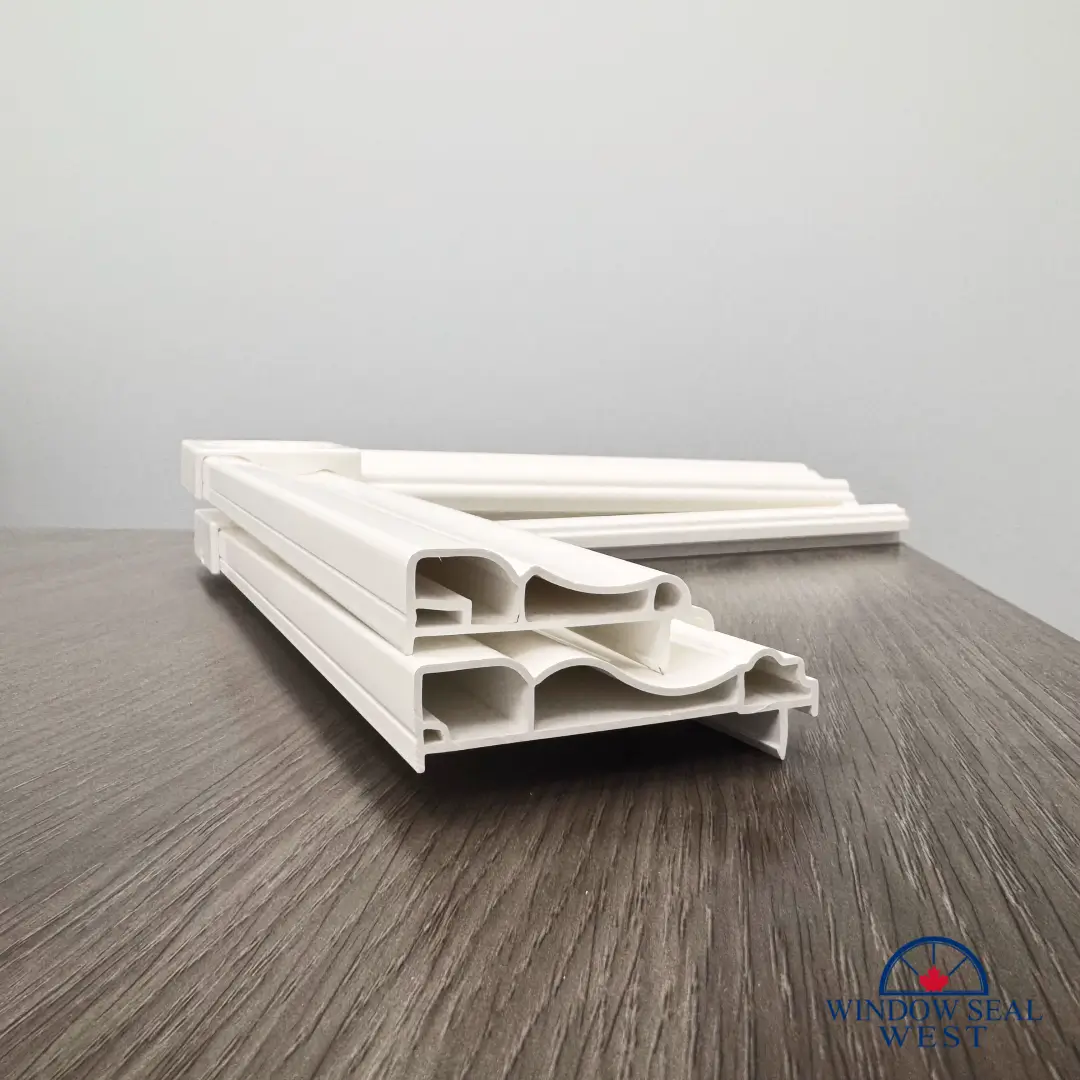
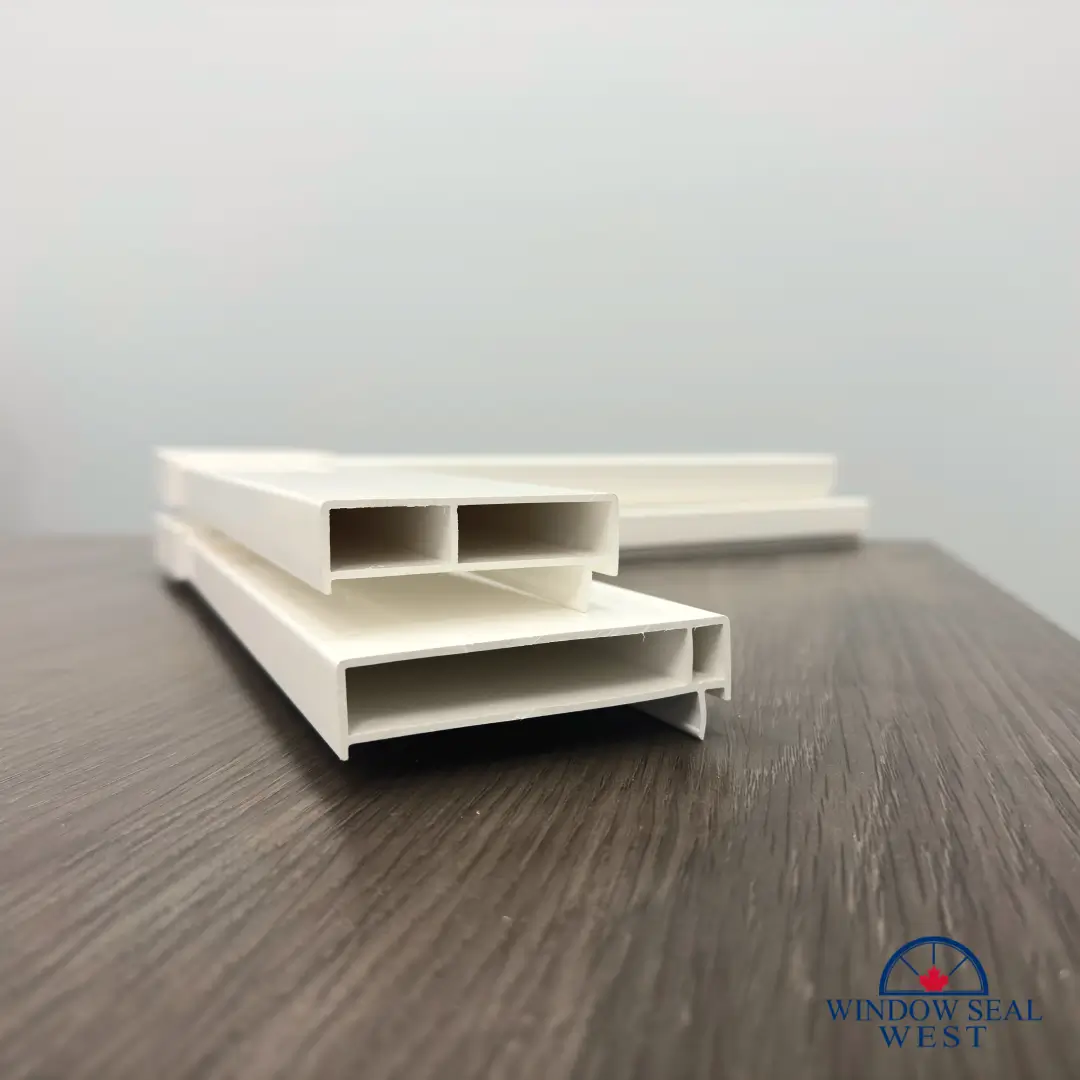
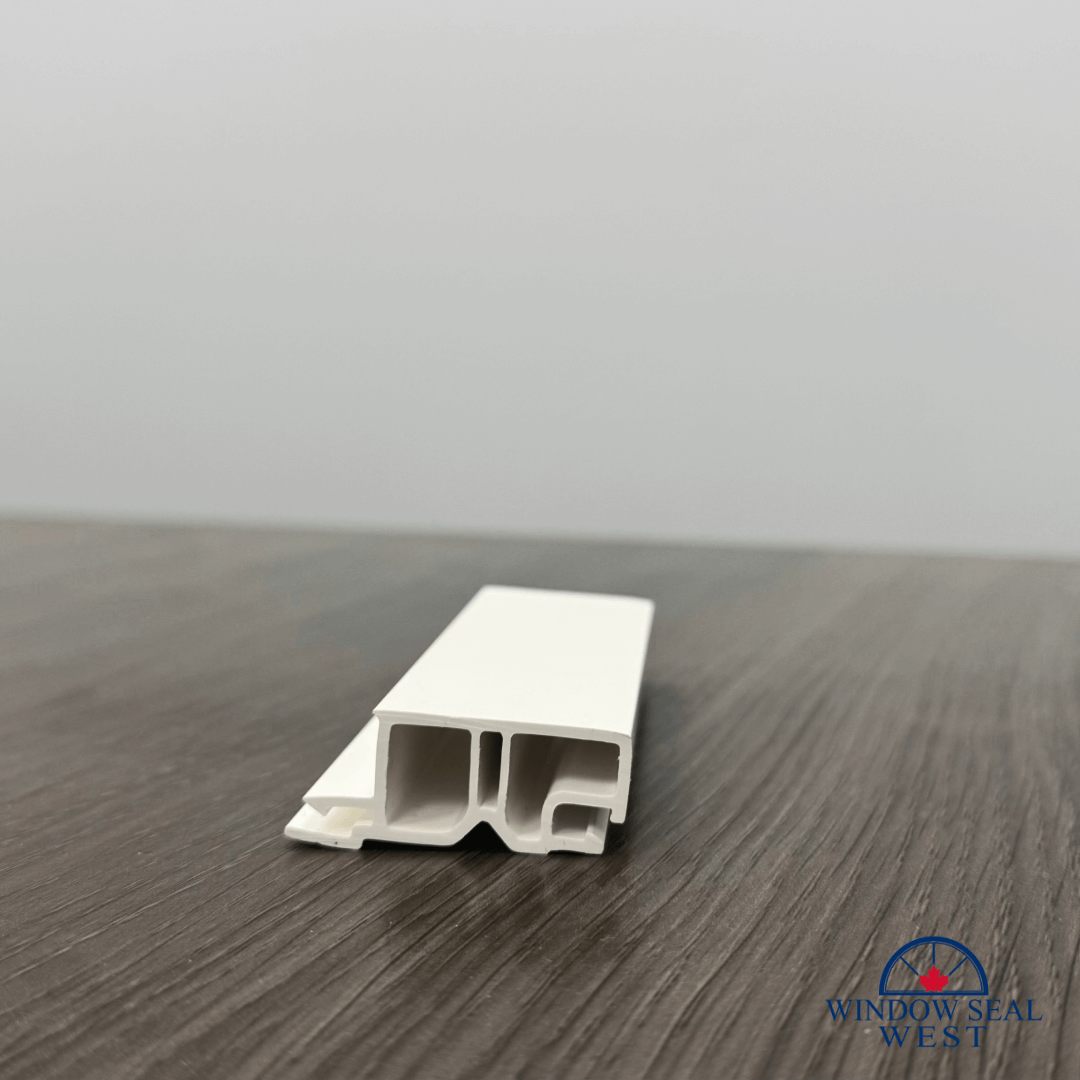
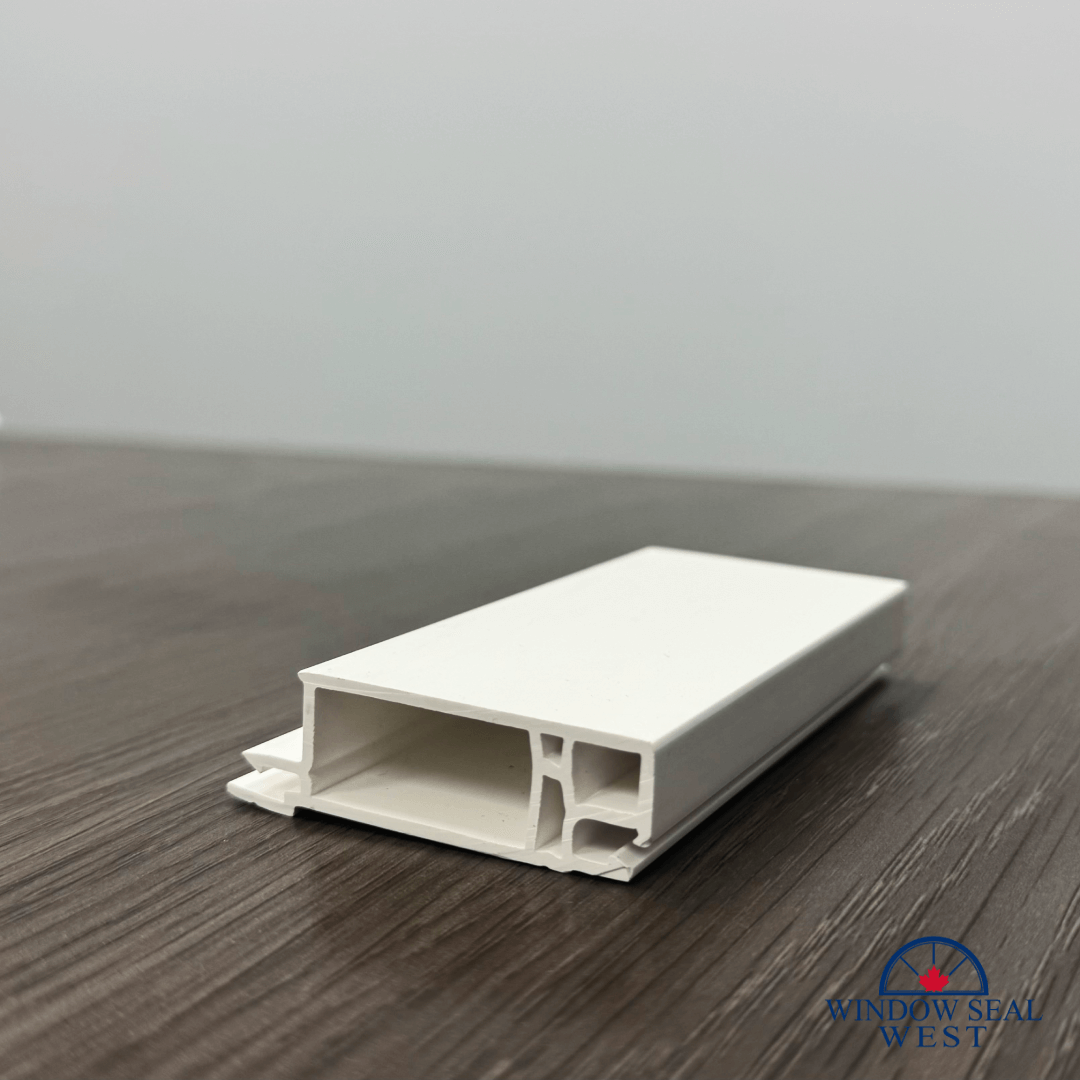
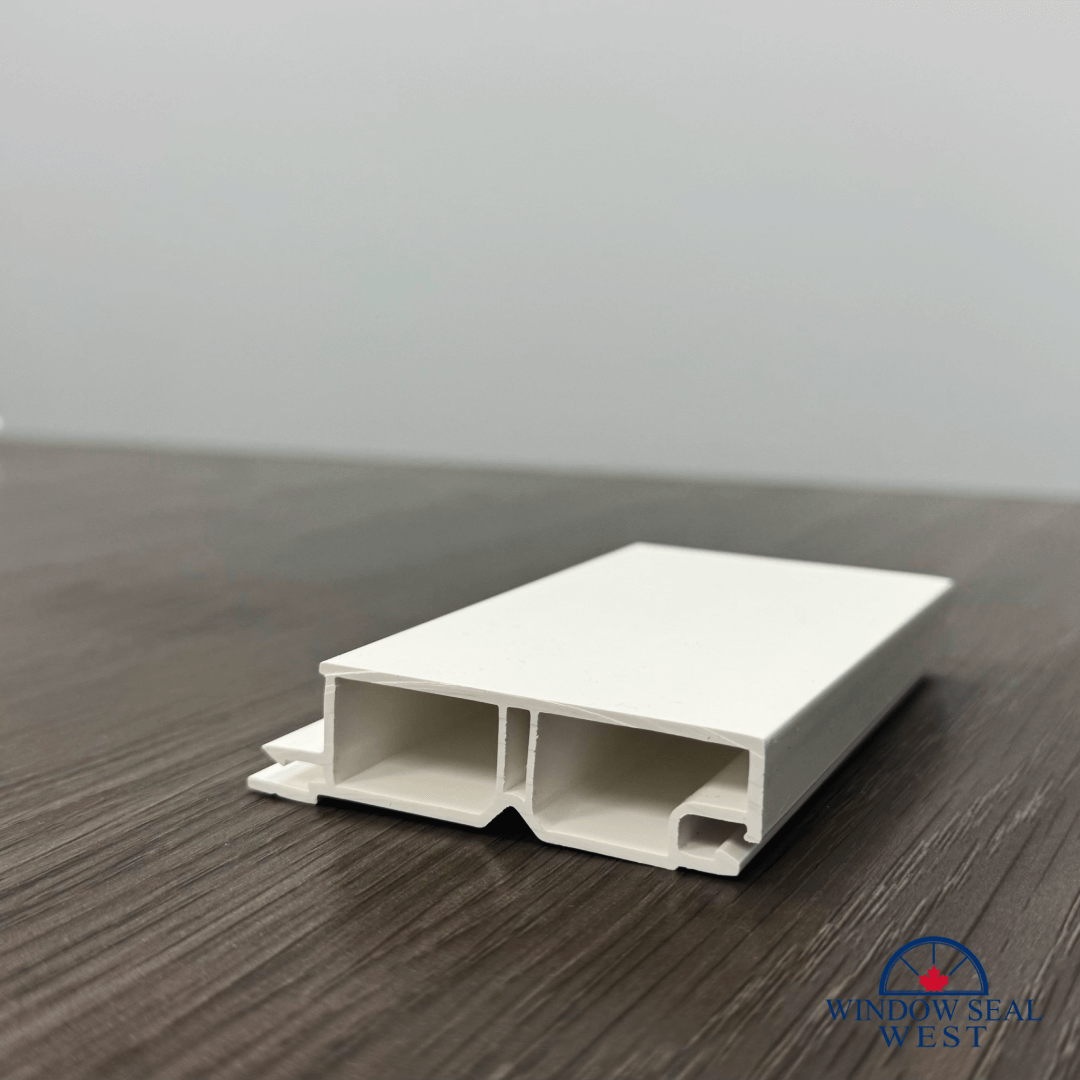
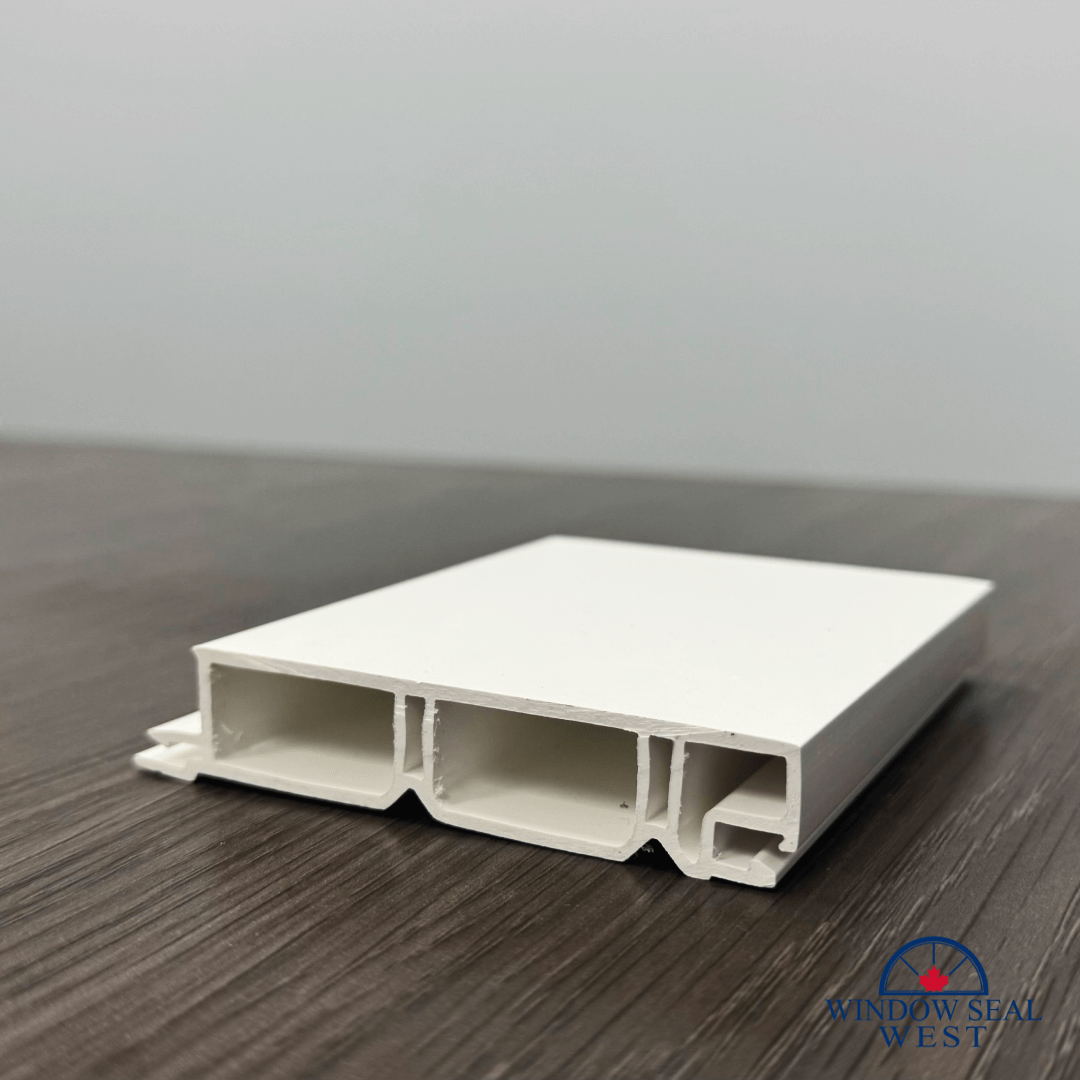
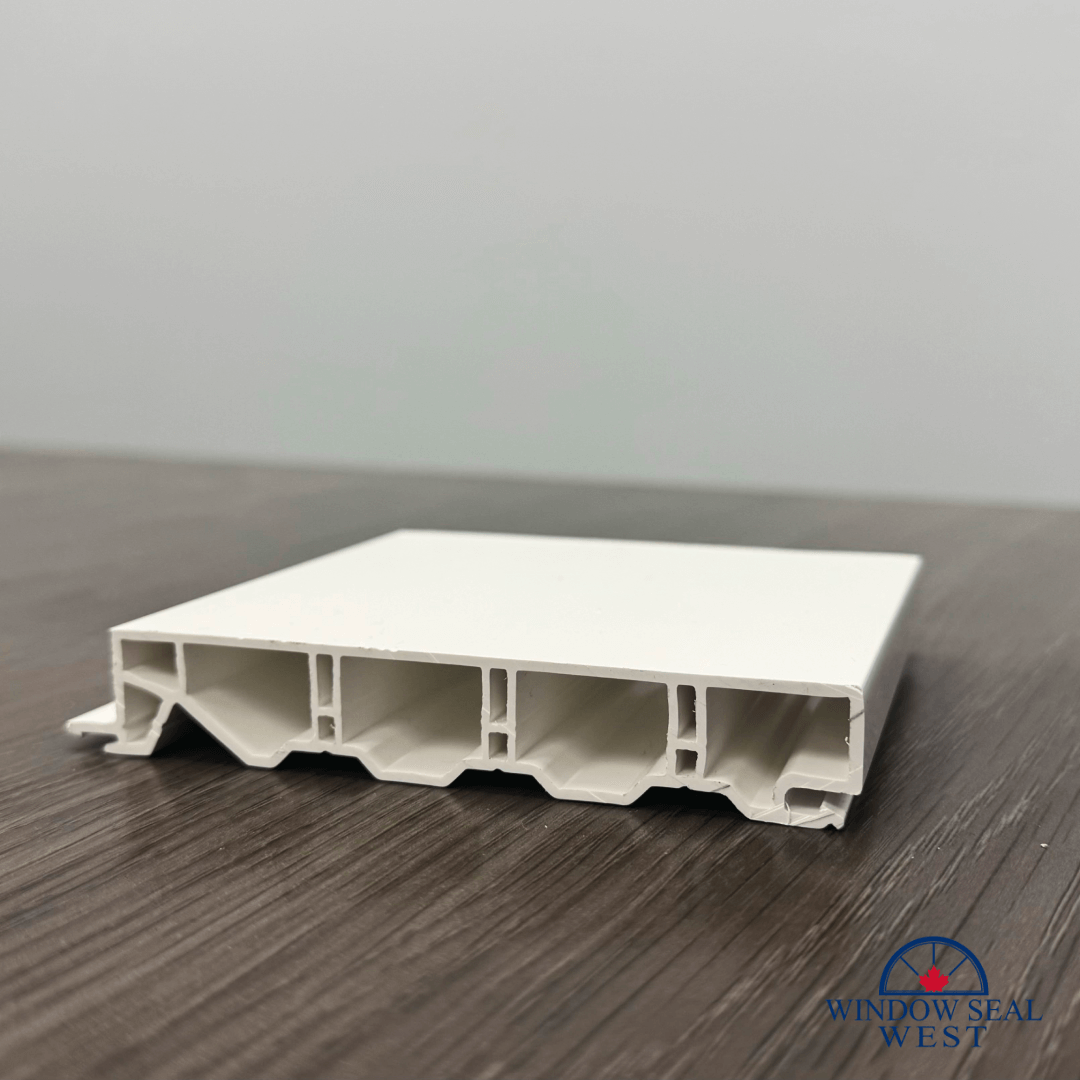
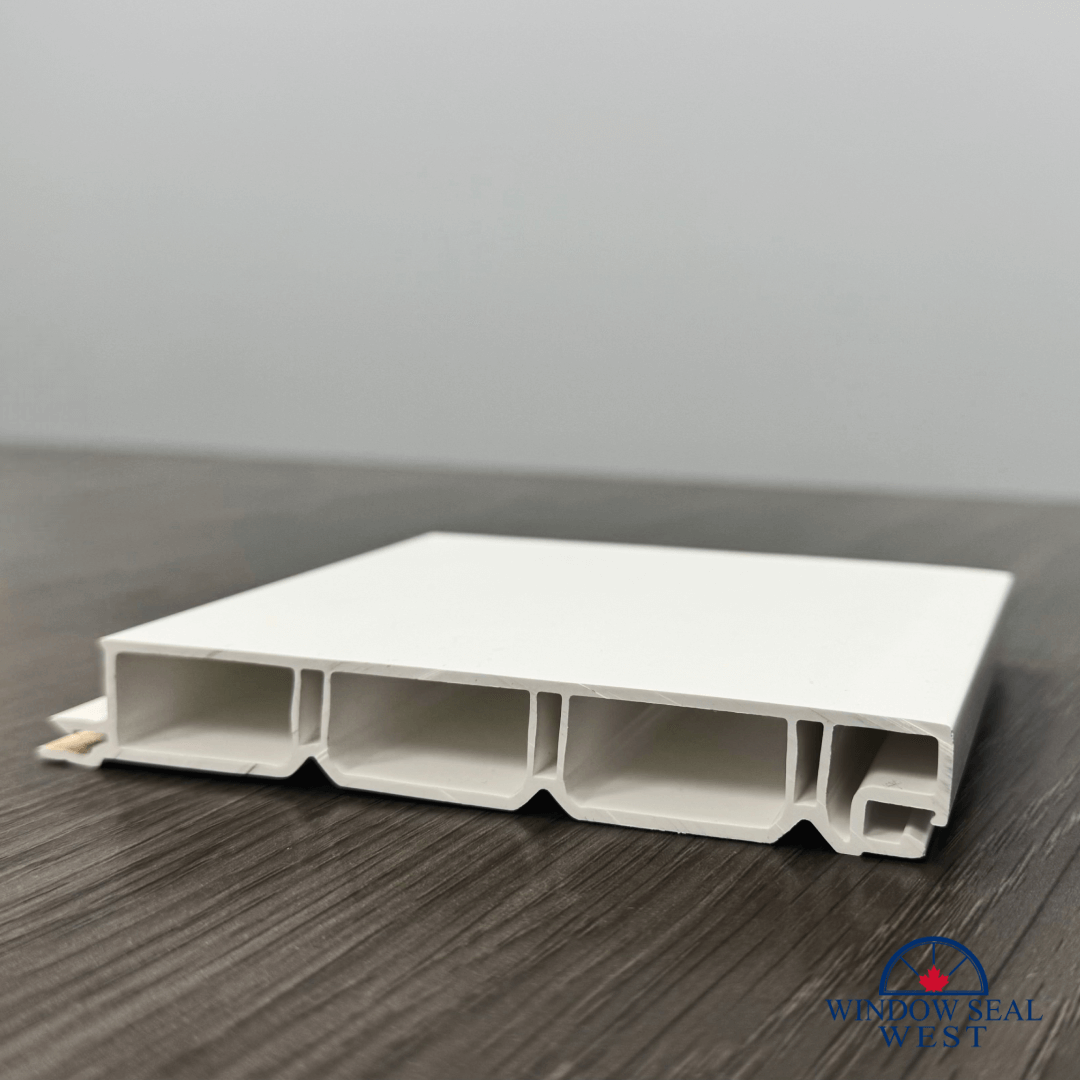
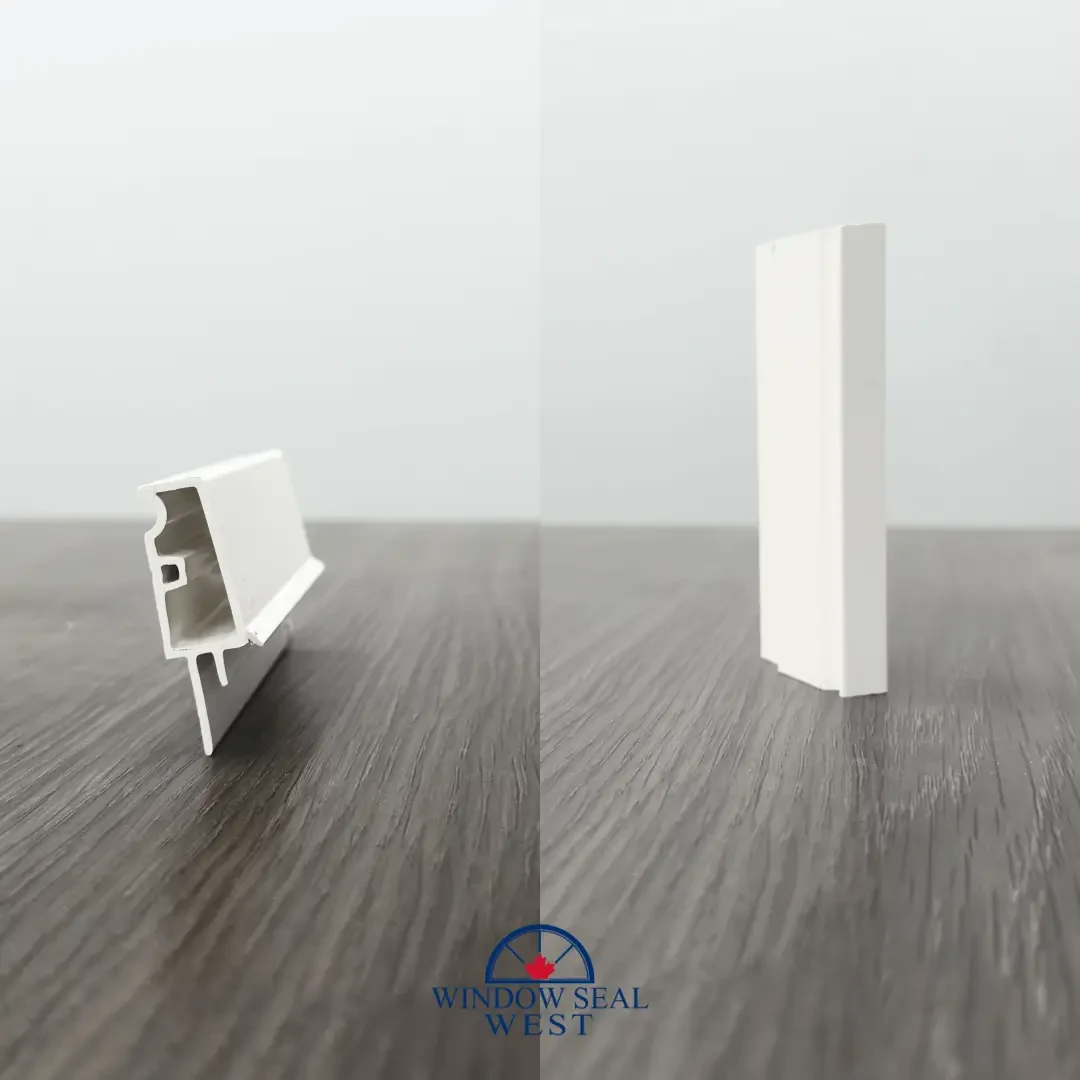
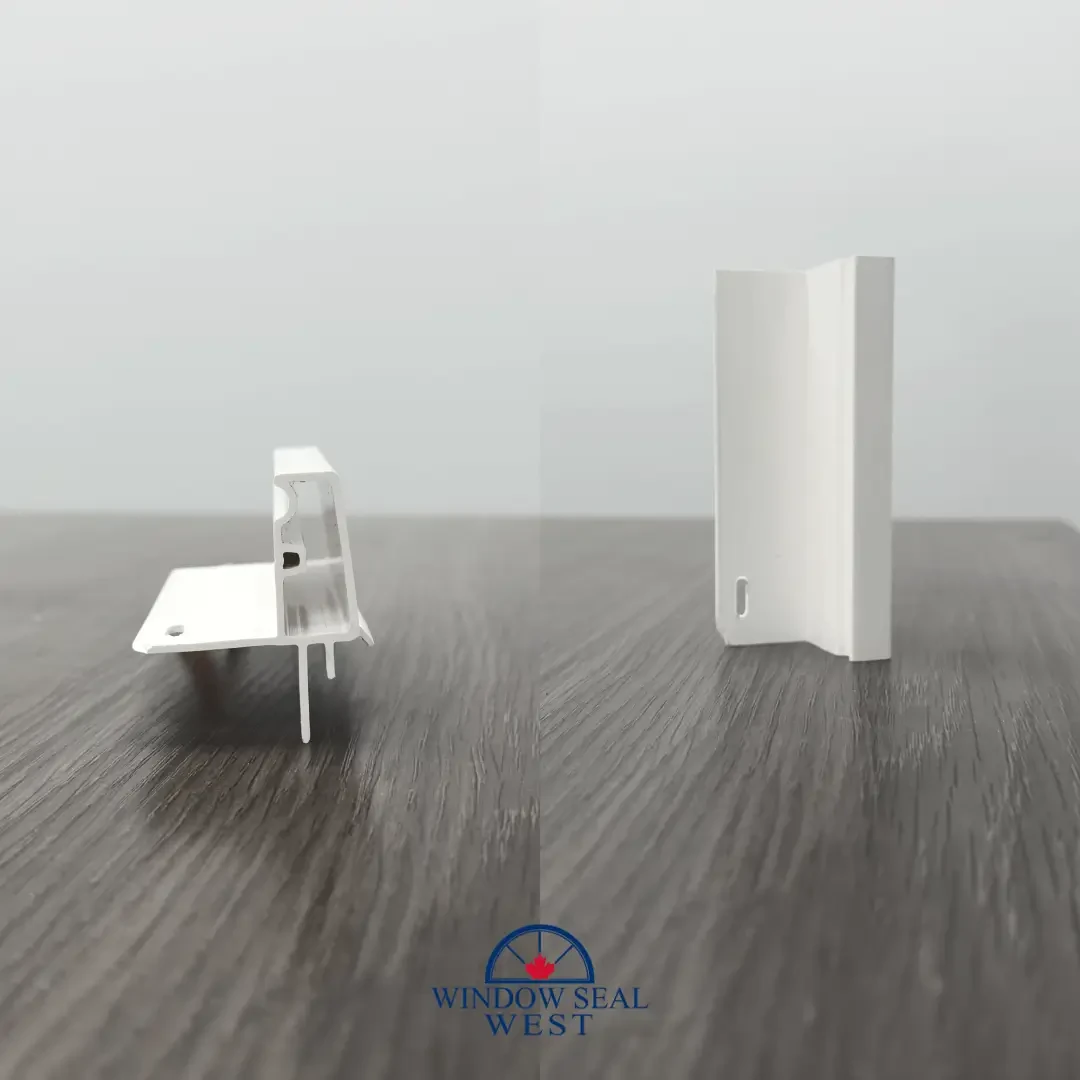
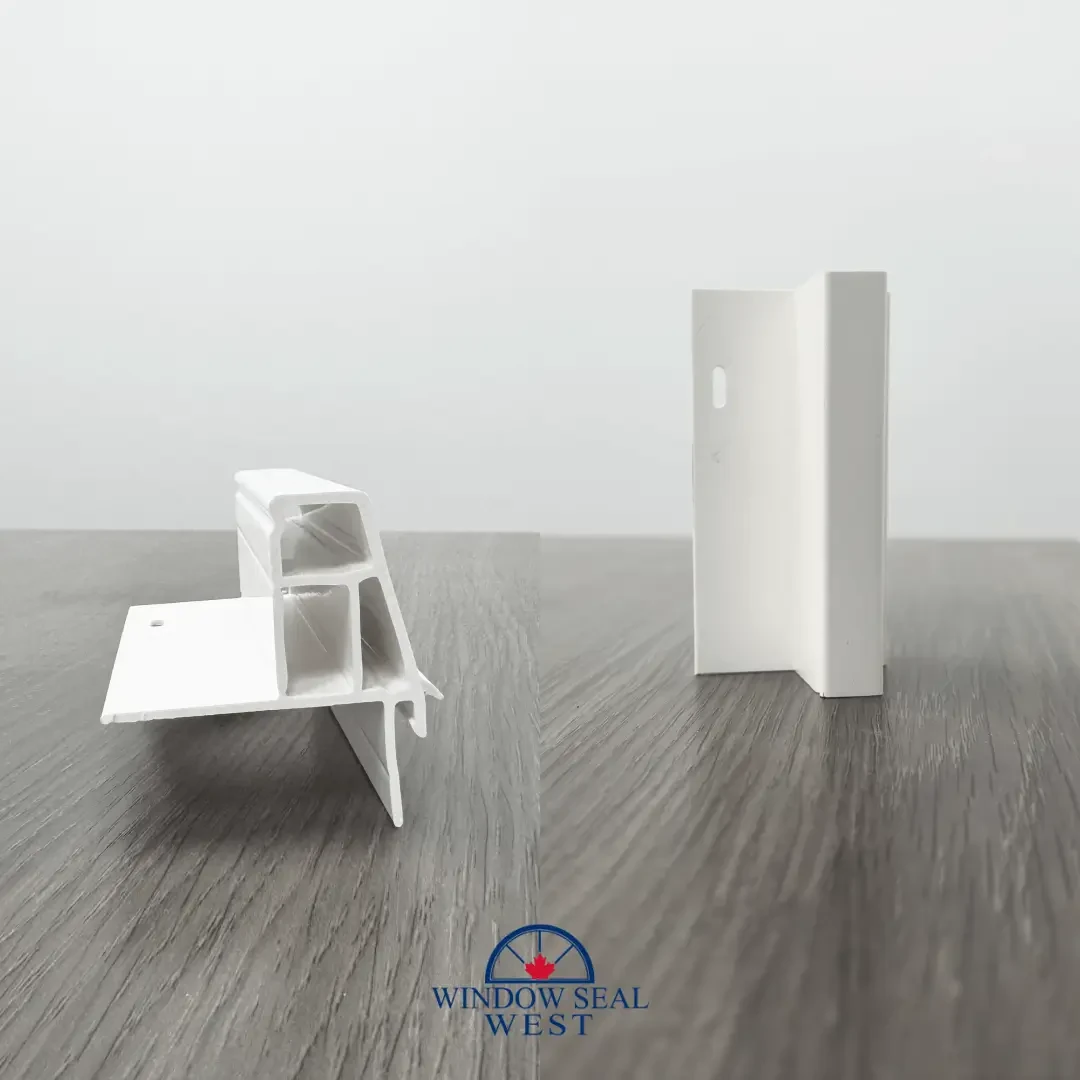
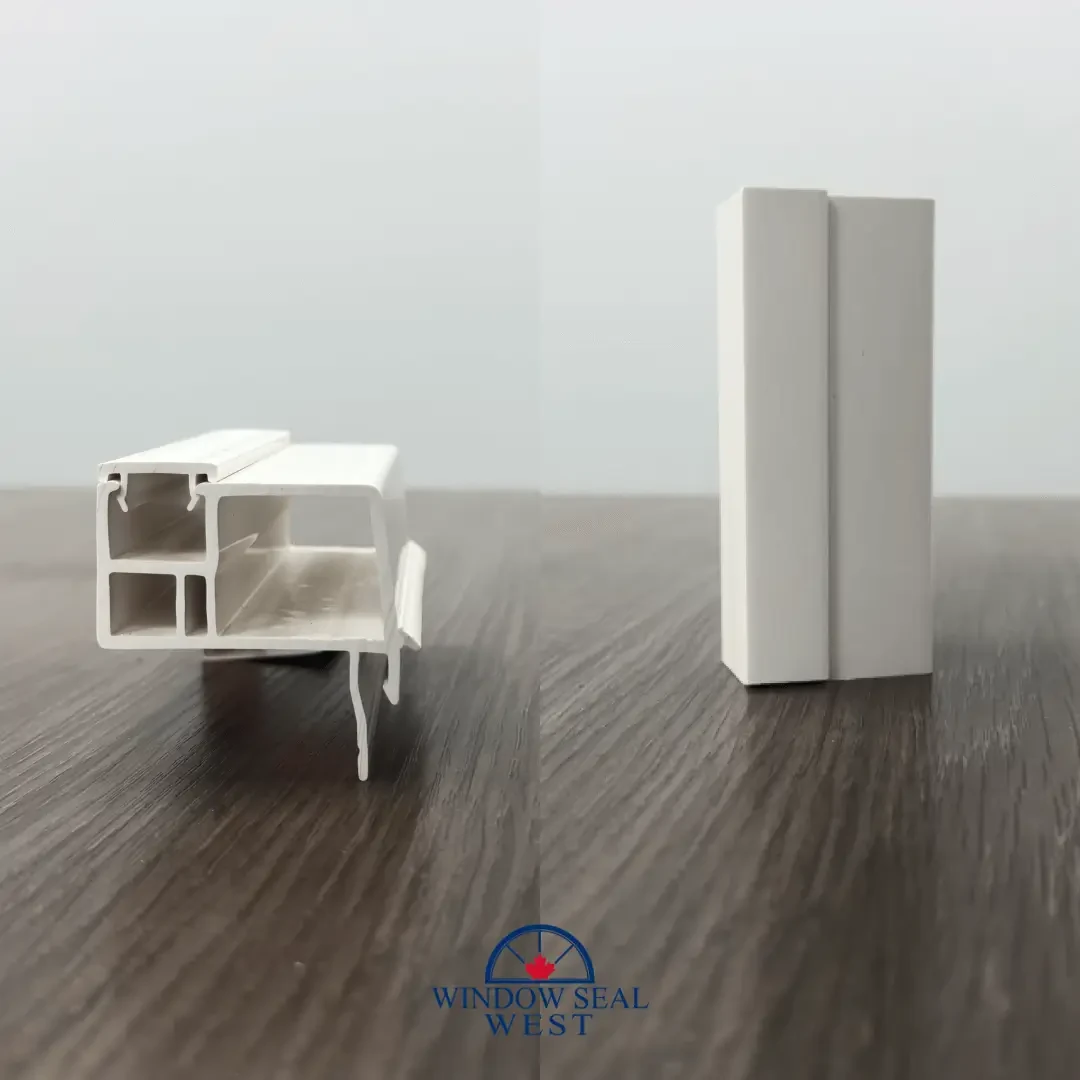
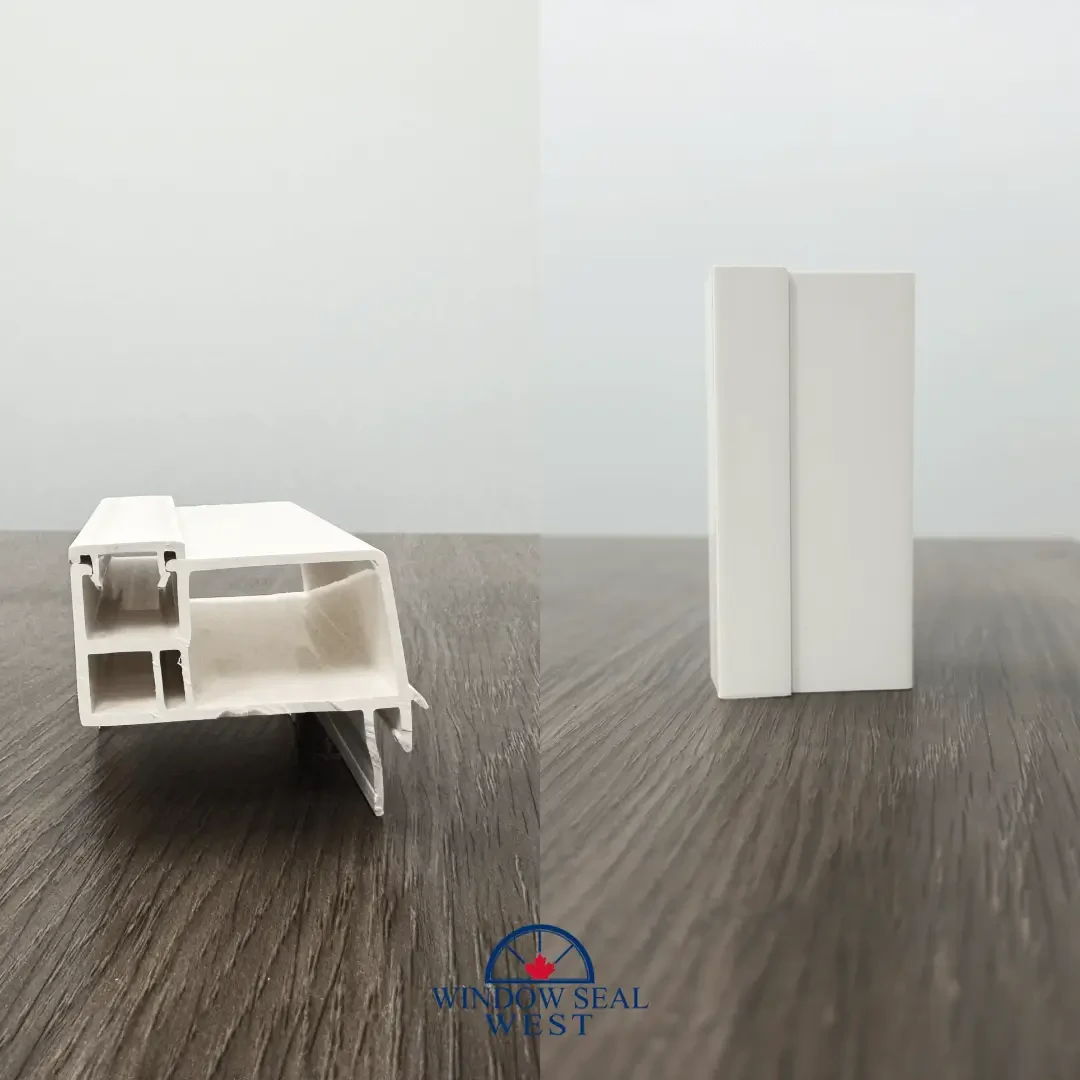
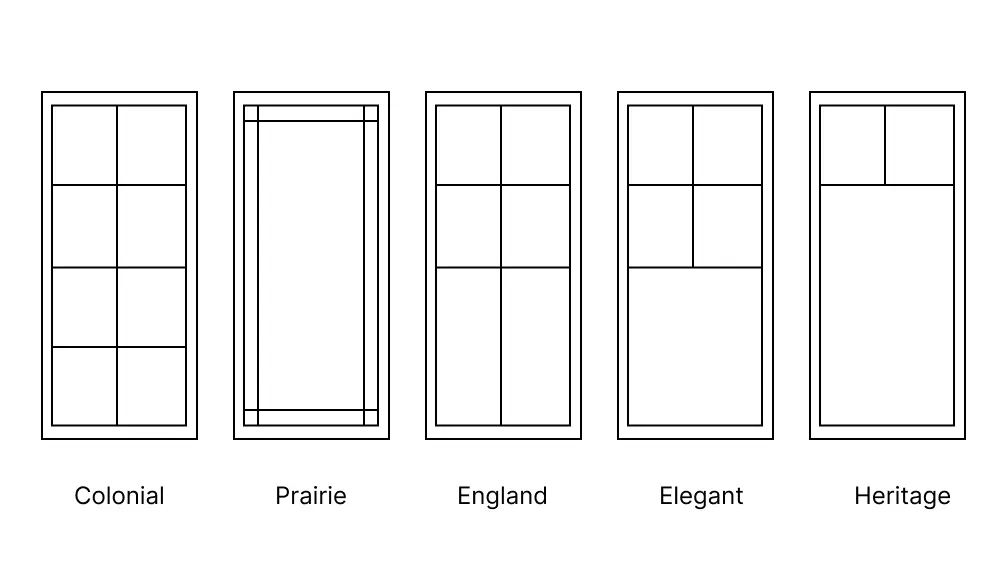



































Watch our video reviews.
Stan & Lisa Calgary
Dawn Red deer
Dan & Barbara Edmonton
What they all say about Window Seal West
Read about the many happiest client satisfactions, from windows supplied to window replacements provided by our factory-certified installers.
FAQs for Awning Windows
What are awning windows?
Awning windows are hinged at the top and open outward from the bottom, creating an awning-like effect. This design allows for ventilation even during light rain, as the open sash acts as a shield against water entering the home
How do awning windows increase ventilation?
Awning windows can fully open outward, allowing more air in and out, which makes them an ideal option for interior areas with little-to-no ventilation, such as kitchens and bathrooms
Can awning windows stay open in all weather?
Yes, awning windows can stay open even in the rain because the raised glass forms a shelter over the window opening, preventing water from entering the home
How do awning windows compare to other window styles in terms of energy efficiency?
Awning windows are very energy efficient due to their tight seal when closed, which minimizes air leakage and helps reduce heating and cooling costs. They are particularly effective when paired with quality, double-glazed glass
Can awning windows be used alone, or must they be paired with other window styles?
Casement windows are versatile and can be used for any window in a residential or business property. They can be designed to fit specific needs and can be installed in various configurations, such as in bay, bow, or French windows




